





 |
 |
 |
 |
 |
 |
|---|---|---|---|---|---|
Almost all vitamins fit into one pill, with the exception of calcium, potassium, phosphorus, and magnesium, which can be supplemented separately. The nutrient requirement for animals and plants is:
Human Bird Crop Supplement
gram/day gram/day gram/kg
Calories 2200 165 0
Protein 50 9 0
Potassium 3.5 .4 14 Potassium phosphate
Phosphorus 1.0 .4 1.5 Potassium phosphate
Calcium 1.0 .8 2 Calcium chloride
Magnesium .35 .4 1.5 Magnesium chloride
Iron .27 .2 .14
Zinc .075 .05 .038
Manganese .075 .05 .038
Copper .022 .02 .011
Nitrogen 0 0 15 Ammonium nitrate
Sulfur 0 0 1.5 Ammonium sulfate
We assume a 75 kg human and a 1 kg bird. For other masses, scale accordingly. For crops, the nutrient requirement is in grams of nutrient required to produce 1 kg of biomass. Crop biomass is typically 1/2 edible food.
For young birds, calcium and phosphorus are especially important, for bones. For egg-laying birds, calcium is important for egg shells.
 |
||||
|---|---|---|---|---|
The left plot shows the protein and calorie content of food. Foods with high protein and low fat are in the lower right. Nuts are heavy in protein, especially peanuts.
The right plot shows how much calories and protein you get per dollar. The cheapest meats are pork, chicken, and turkey.
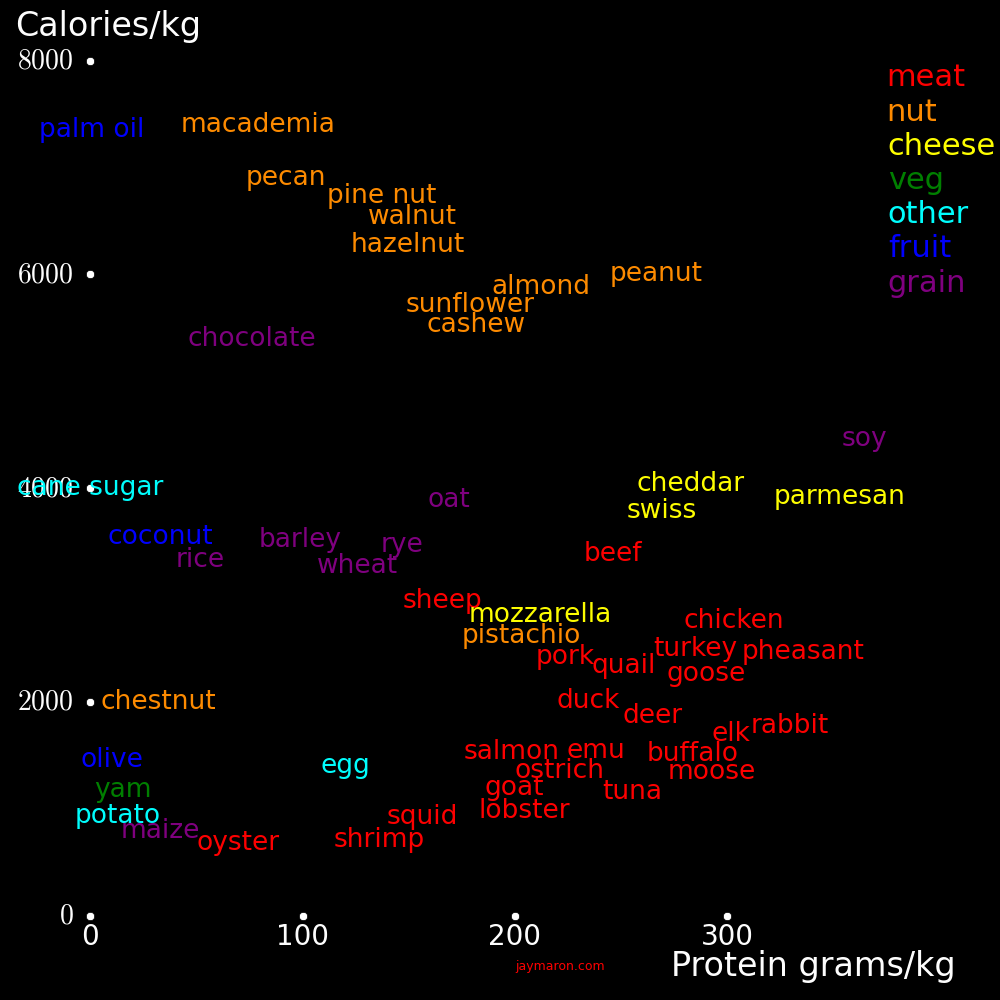 |
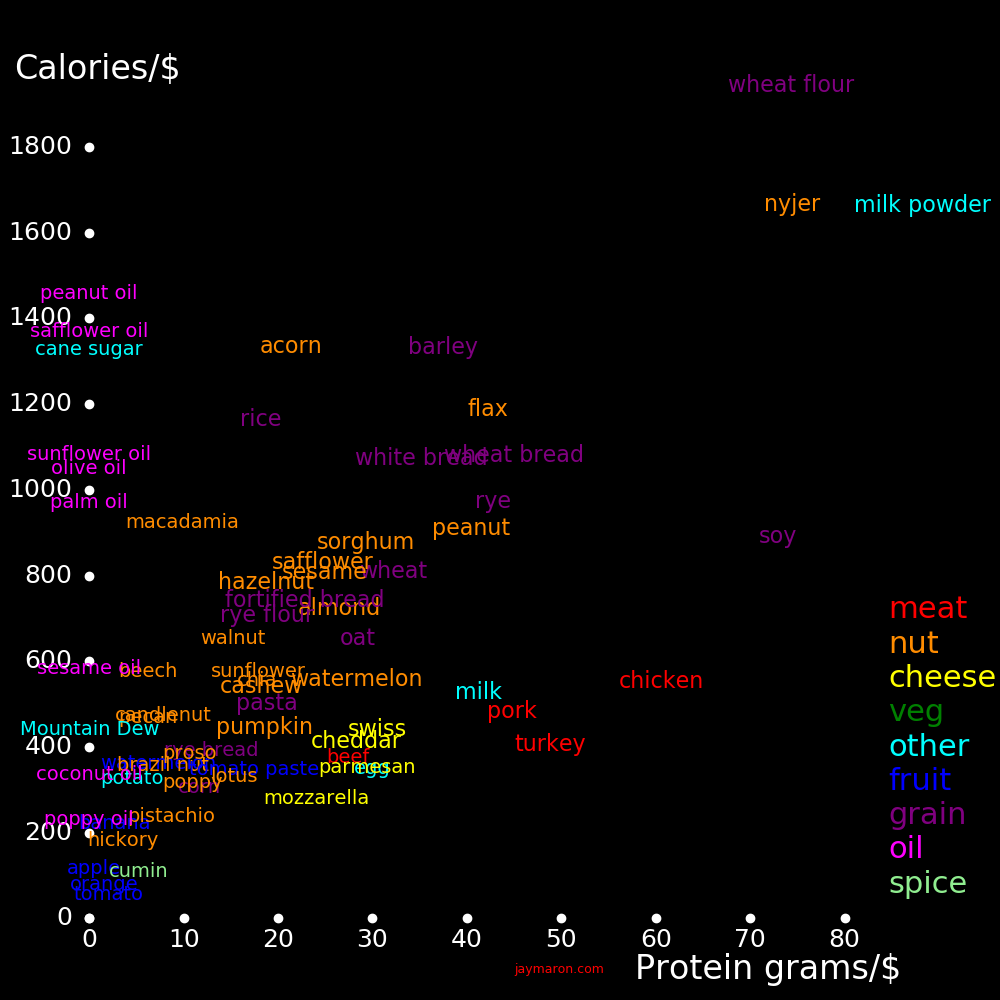 |
|---|---|
The plot shows the potassium, phosphorus, and calcium content of food. Calcium is abundant in cheese and milk and rare in other foods. Sesame is rich in calcium.
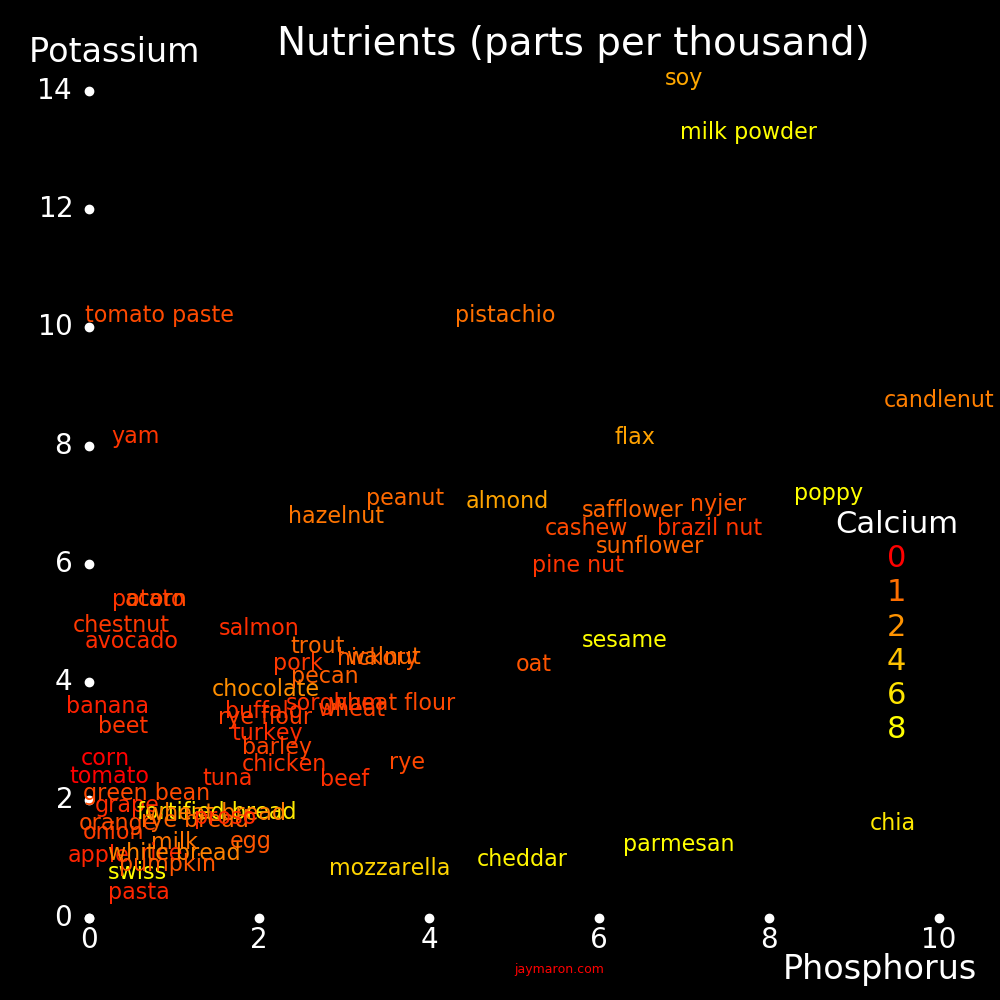 |
|---|
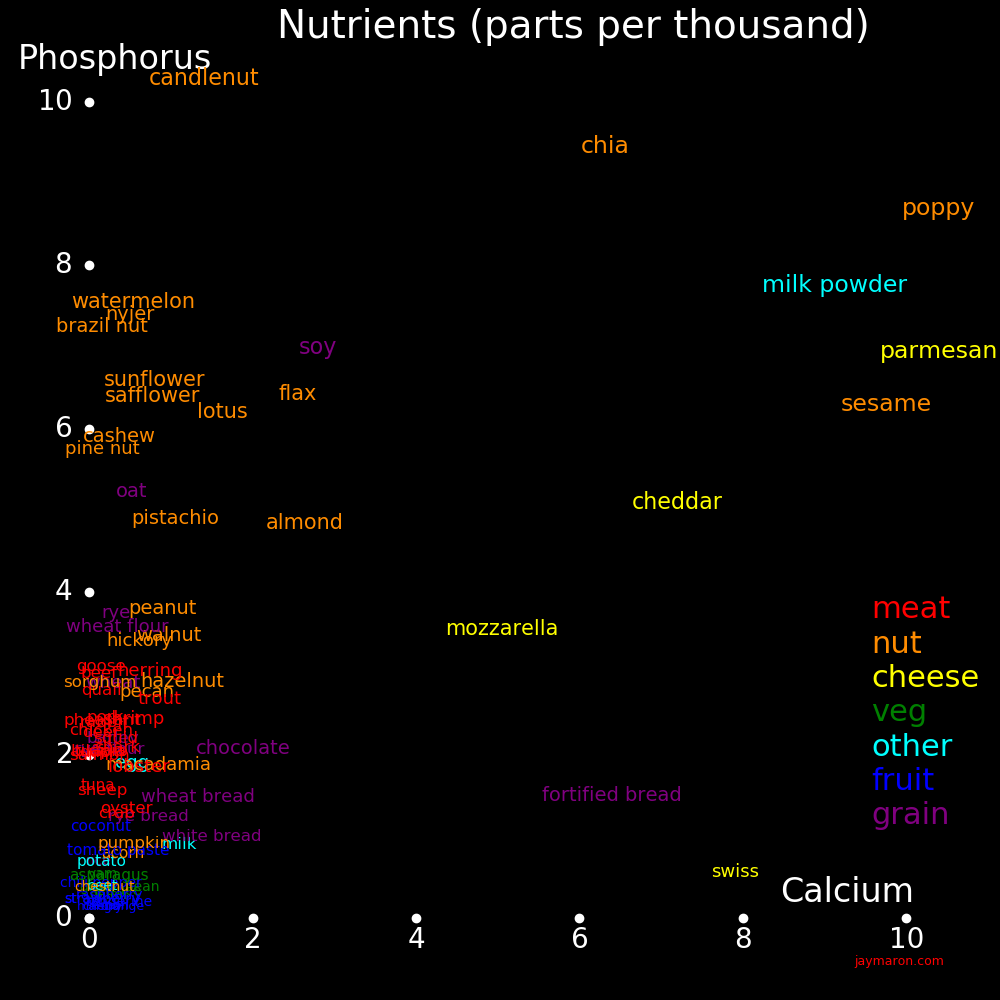 |
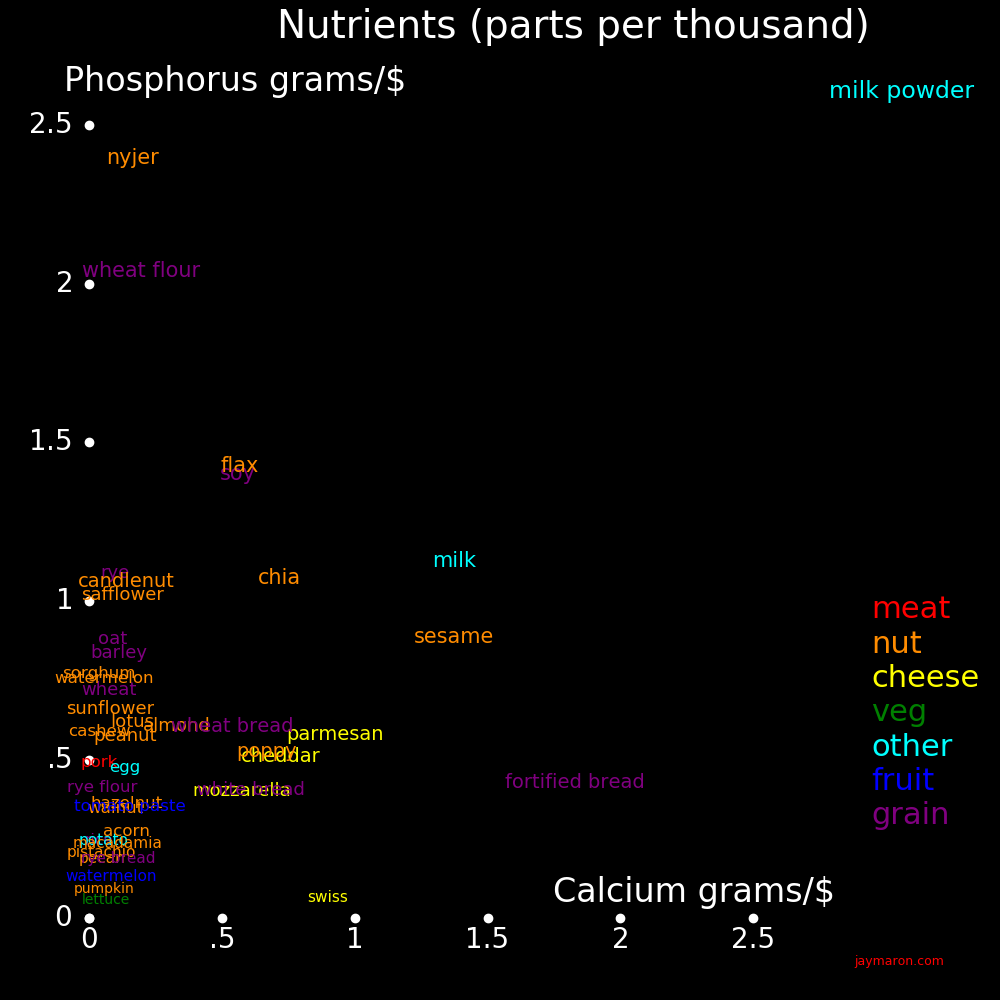 |
|---|---|
The plot shows the phosphorus and potassium content of food. Most nuts are rich in these elements.
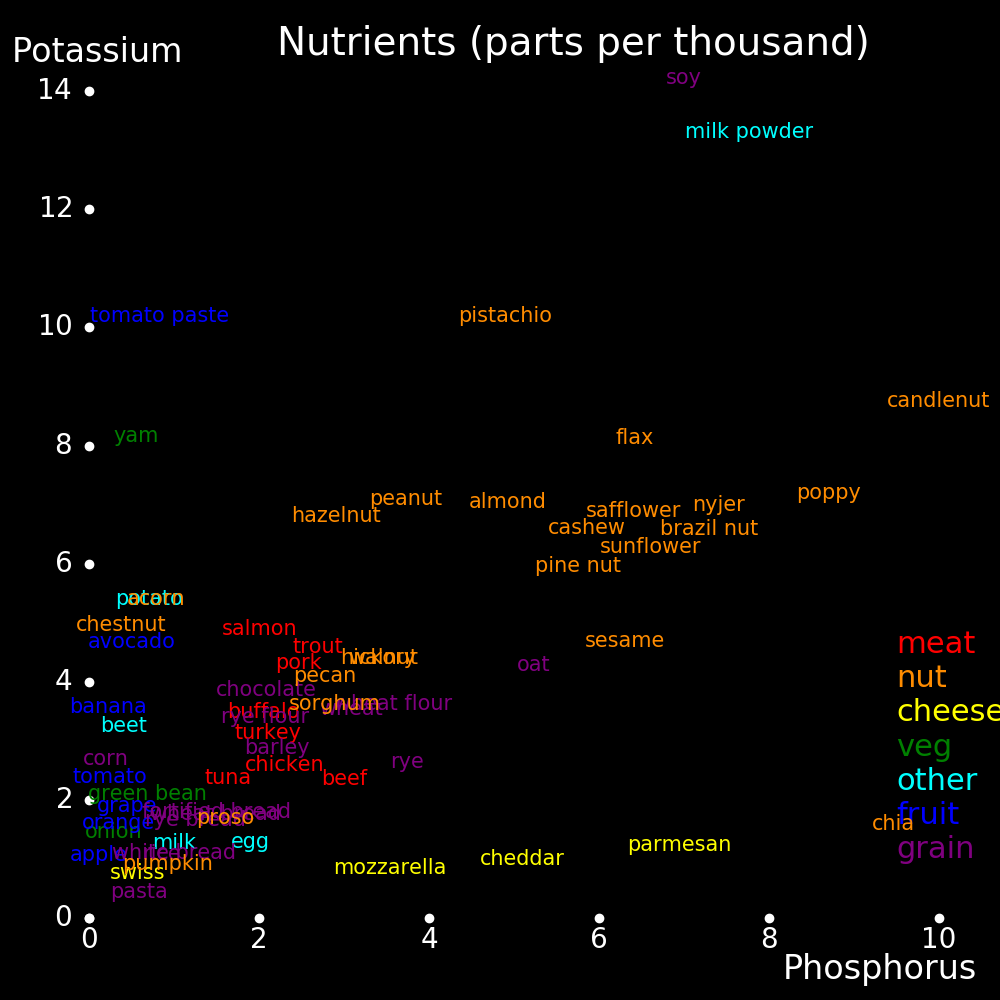 |
|---|
For bird seed, what matters is calories and calcium, and the best seeds are sesame and nyger.
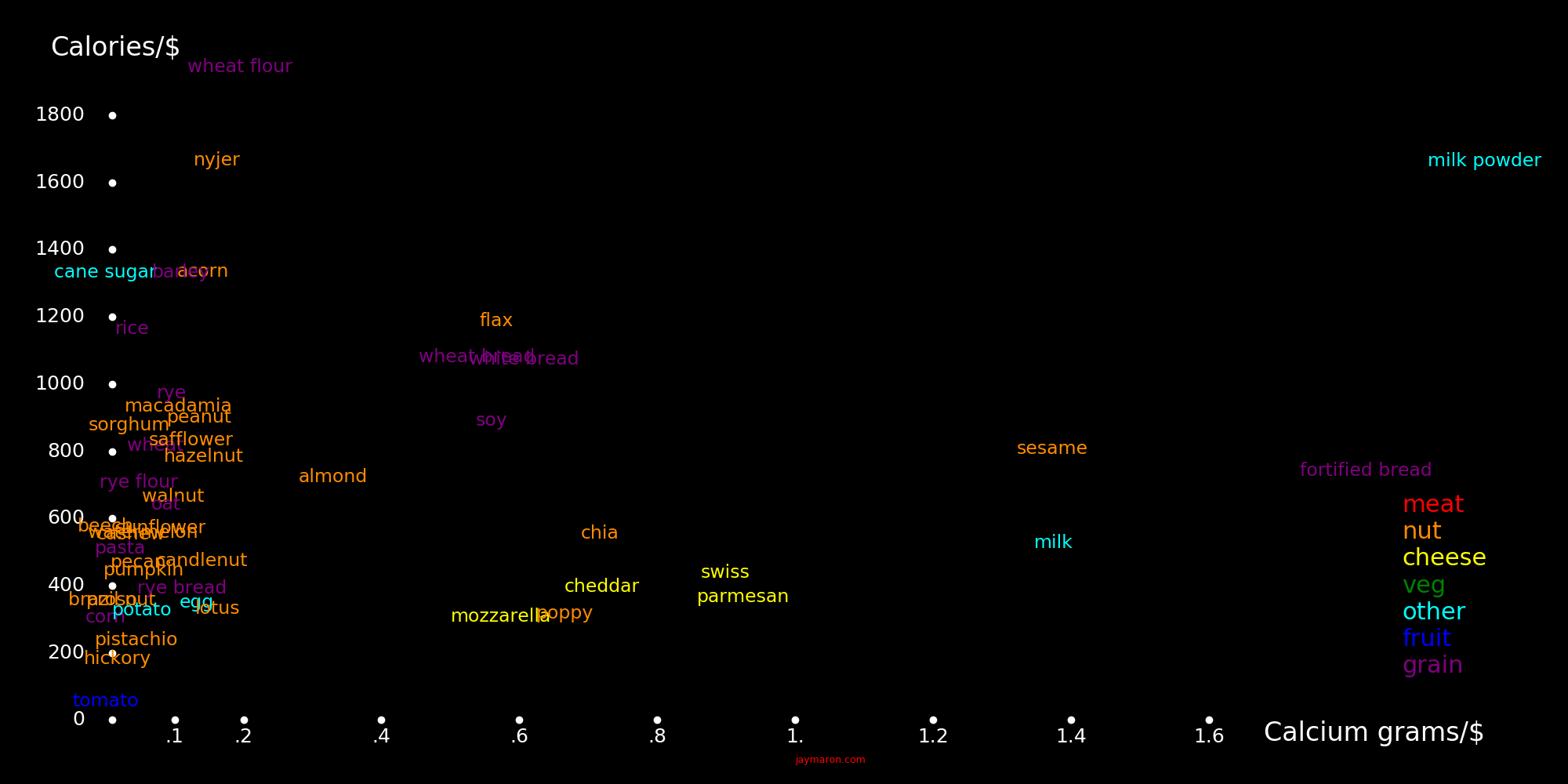 |
|---|
Bones are made of calcium and phosphorus, in a 2:1 ratio. For a 1 kg bird,
Calcium = 14.0 grams Phosphorus = 6.5 grams Potassium = 4 grams Magnesium = 1 grams
For bones,
Calcium fraction = .279 Phosphorus fraction = .130 Calcium/phosphorus ratio = 2.1
The best bone supplements are calcium chloride (CaCl2) and monopotassium phosphate (KH2PO4).
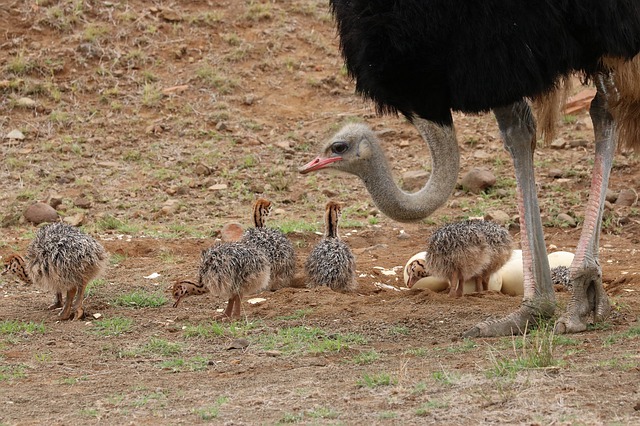 |
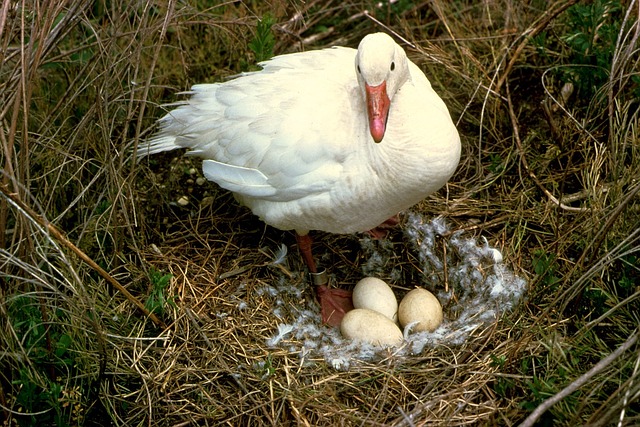 |
 |
 |
|---|---|---|---|
For a chicken egg,
Mass Calcium
grams grams
Egg total 60 1.95
White 36.6 .0023
Yolk 18.3 .028
Shell 5.1 1.92
Almost all the calcium is in the shell. Eggs are 3.2% calcium. Shells are 94% calcium carbonate (CaCO3) and calcium carbonate is 40% calcium.
An egg is typically 3% of the mass of the adult bird.
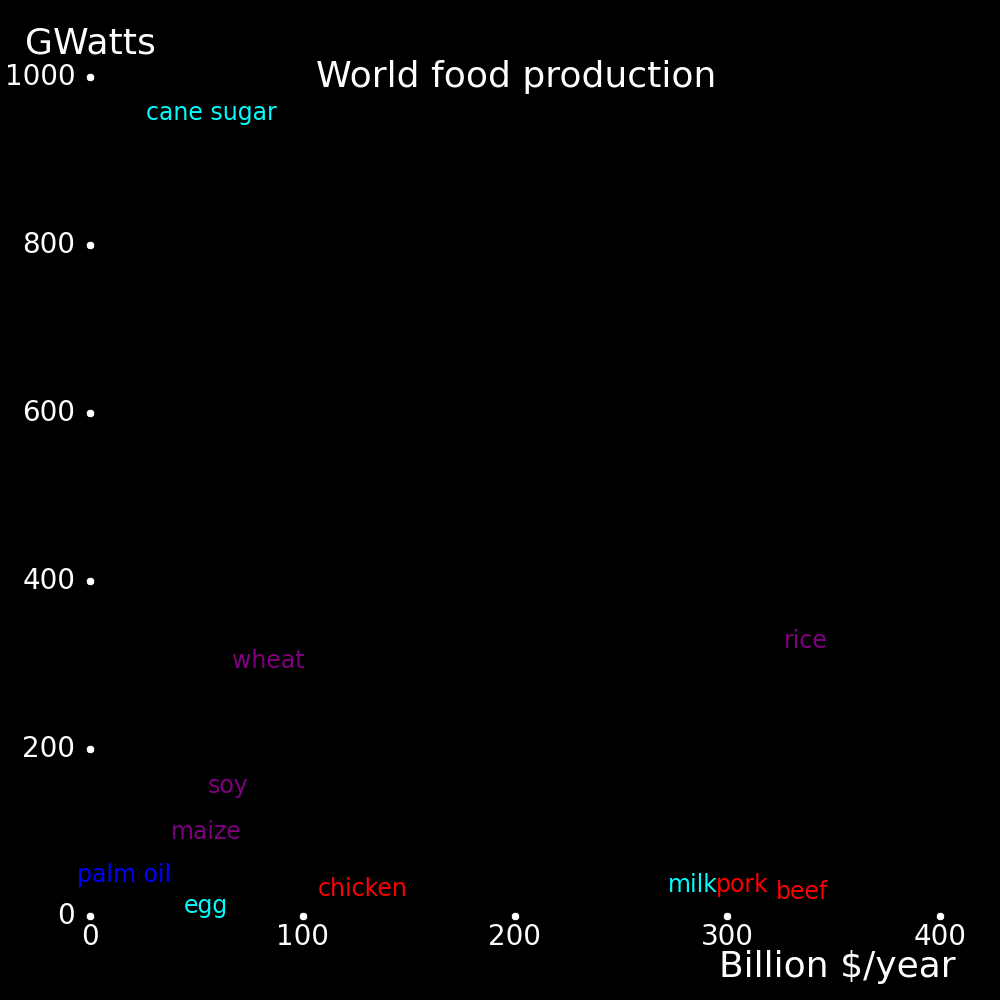 |
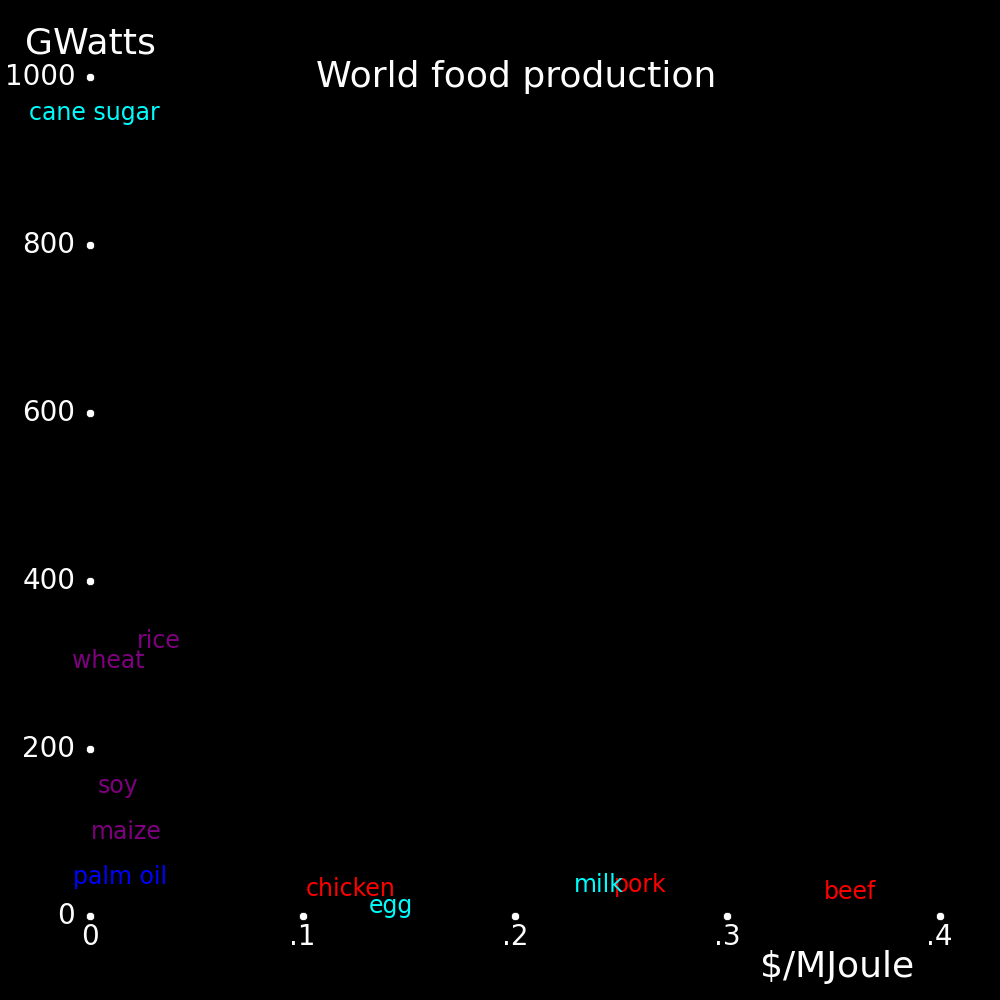 |
|---|---|
The left plot shows food energy production on the vertical axis and food dollar production on the horizontal axis. Food energy production is dominated by sugar cane and dollar production is dominated by beef, rice, and pork.
In the right plot the vertical axis is the same and the horizontal axis is the dollar value per food energy.
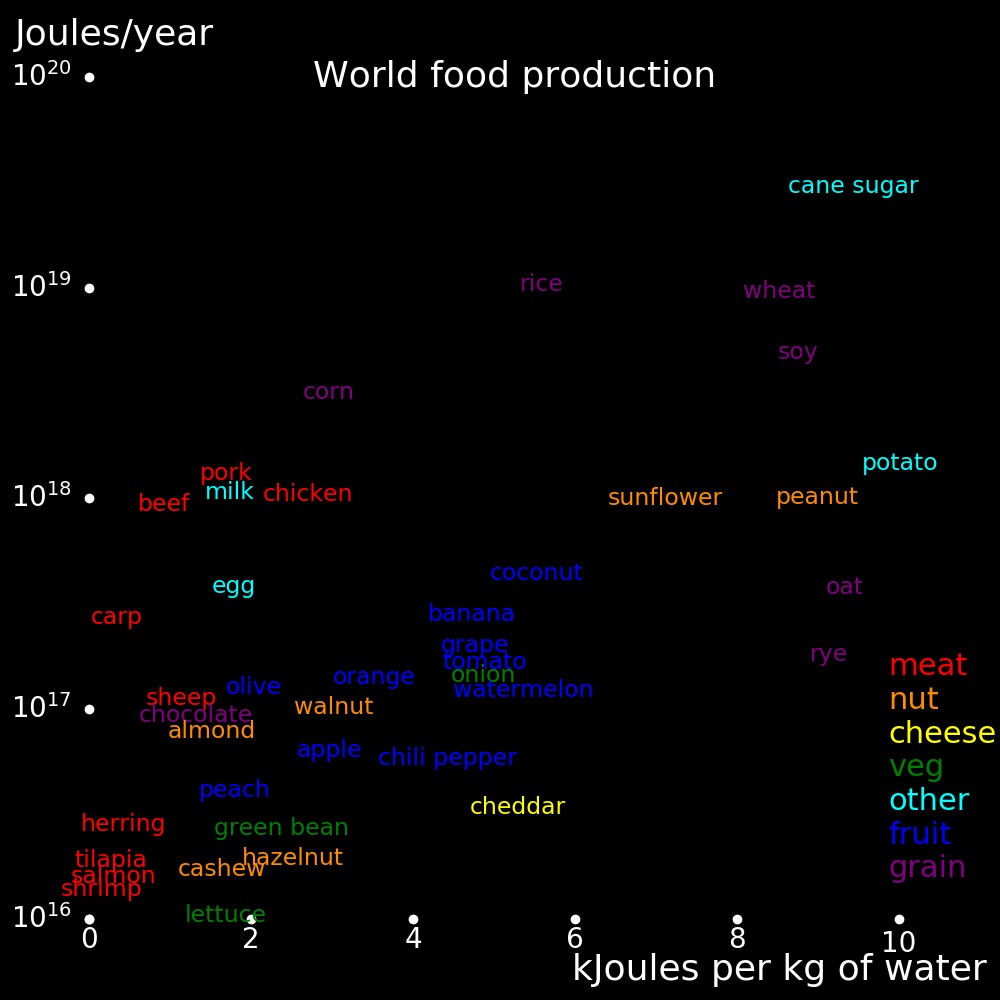 |
|---|
World food production is shown on the vertical axis, expressed as Joules of food energy per year.
The horizontal axis shows the food energy produced per kg of water, the inverse of the water footprint.
It takes 50 days for a bird to grow to adult size.
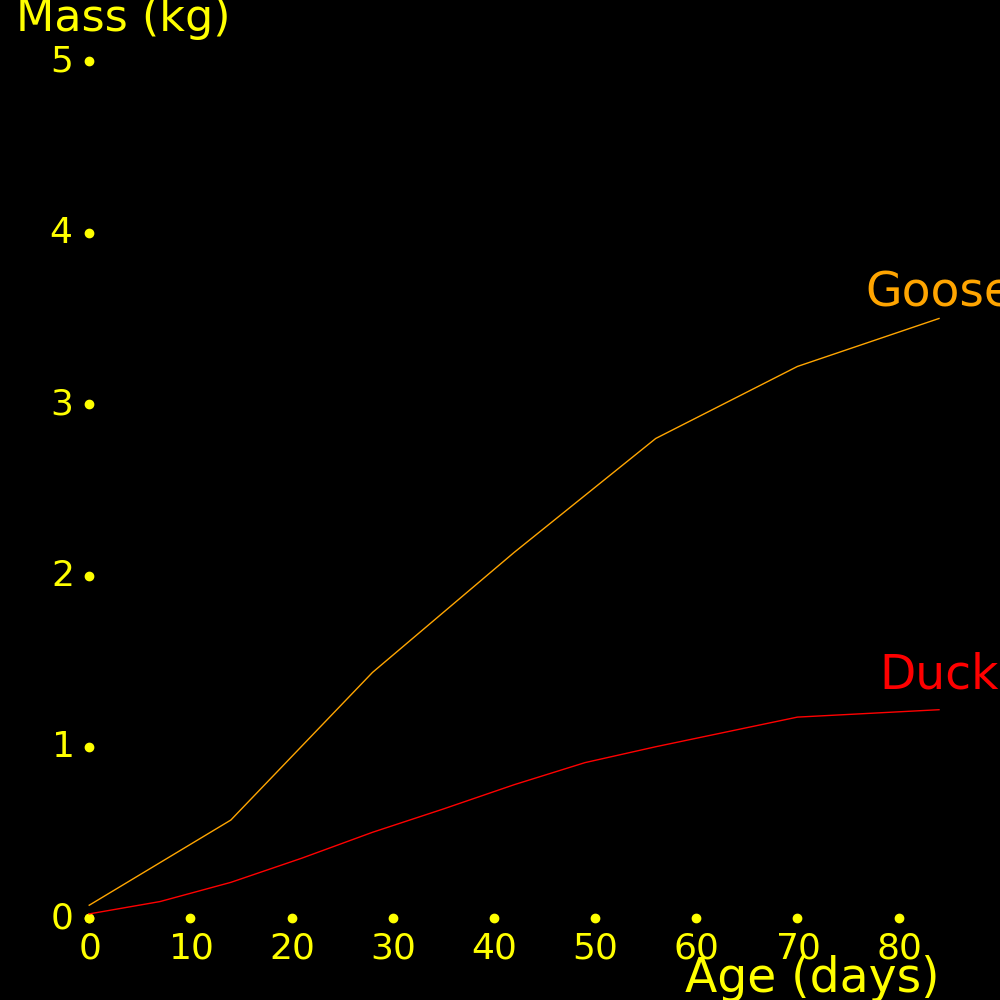 |
|---|
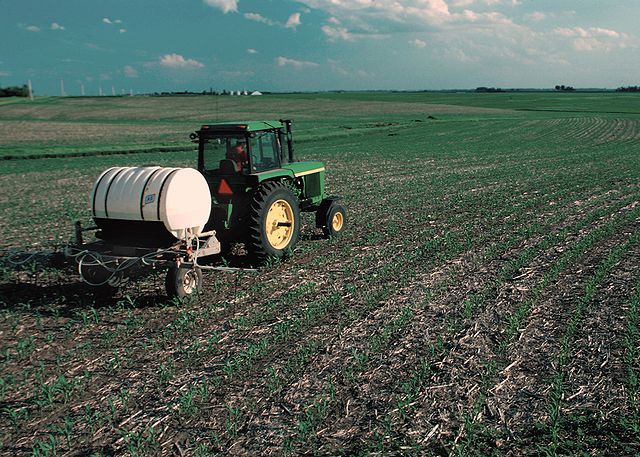 |
|---|
A simple and cheap fertilizer recipe is:
Relative mass
Urea 4
Potassium chloride 4
Monoammonium phosphate 1
Calcium chloride 1
Magnesium chloride 1
Ammonium sulfate 1
Growing 1 kg of biomass requires the following elements:
Element Cheapest form Molecule Cost Fertilizer Element frac Element cost
gram $ gram in fertilizer gram/$
Nitrogen 15 Urea CO(NH2)2 .025 26 .467 482
Potassium 15 Potassium chloride KCl .044 29 .524 340
Phosphorus 2 Monoammonium phosphate (NH4)2HPO4 .011 7 .269 185
Calcium 2 Calcium chloride CaCl2 .011 6 .361 182
Magnesium 2 Magnesium chloride MgCl2 .036 8 .255 55
Sulfur 2 Ammonium sulfate (NH4)2SO4 .025 8 .243 79
Total .152 84
Well-irrigated crops produce 1 kg of biomass per meter2 per year. Typical crops are 1/2 edible matter and 1/2 inedible matter. Trees can produce wood at a rate of 2 kg/meter2/year.
As an example, for nitrogen fertilizer,
Nitrogen requirement = n = = 15 grams to produce 1 kg of biomass Urea nitrogen fraction = u = = .456 Urea requirement = U = n / u = 33 grams Nitrogen cost per kg = c = = 482 gram/$ Nitrogen cost = C = n/c = .029 $
The appendix has a table with all possible fertilizer molecules.
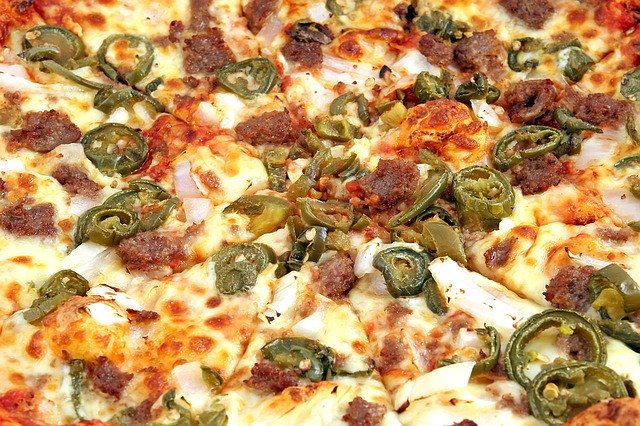 |
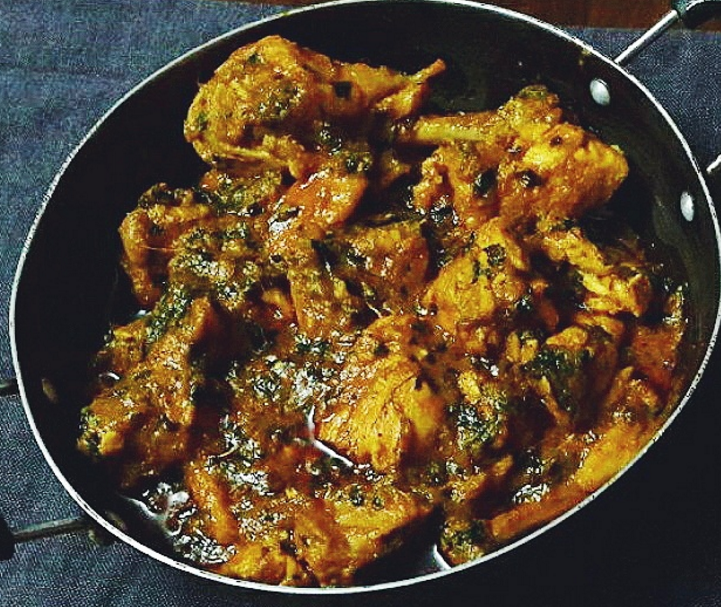 |
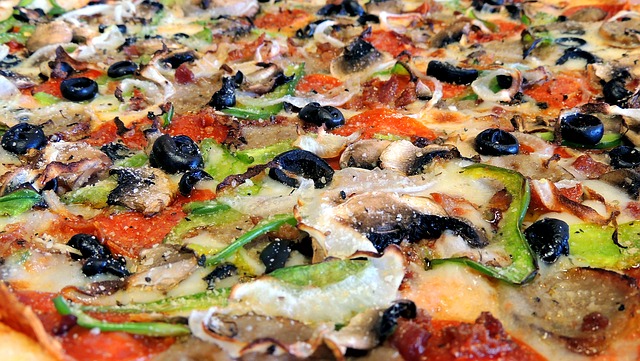 |
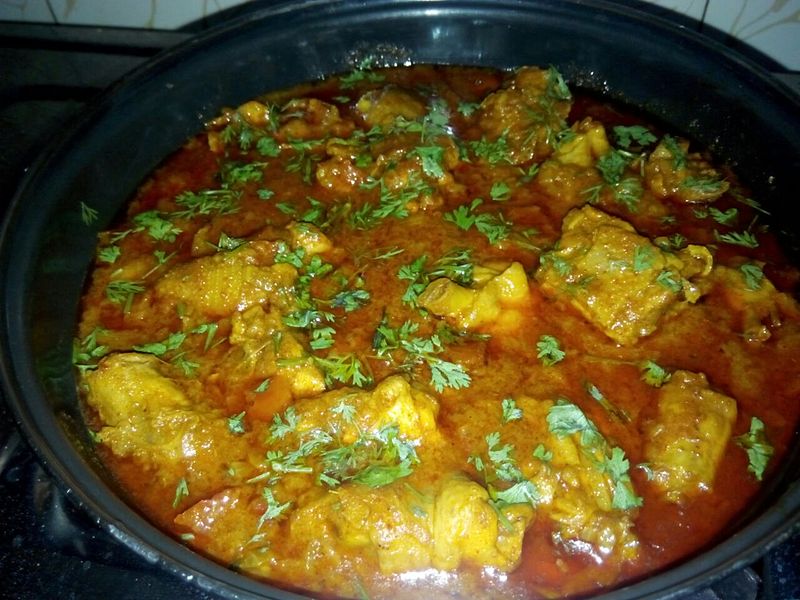 |
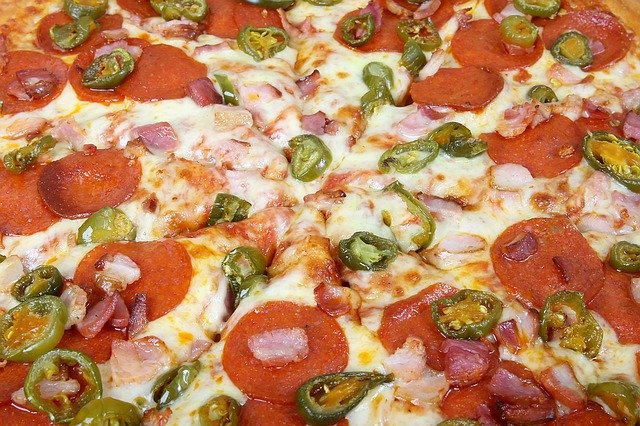 |
|---|---|---|---|---|
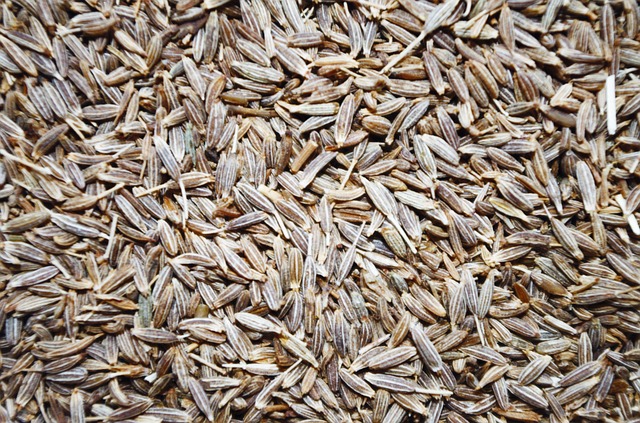 |
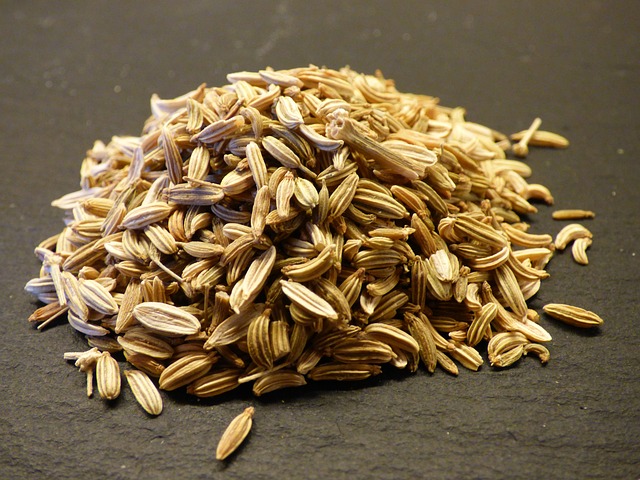 |
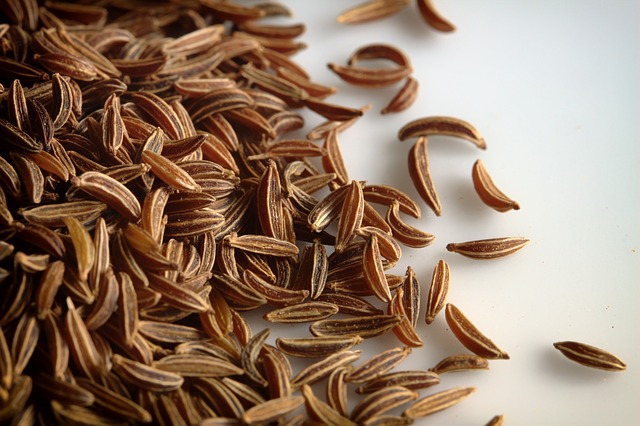 |
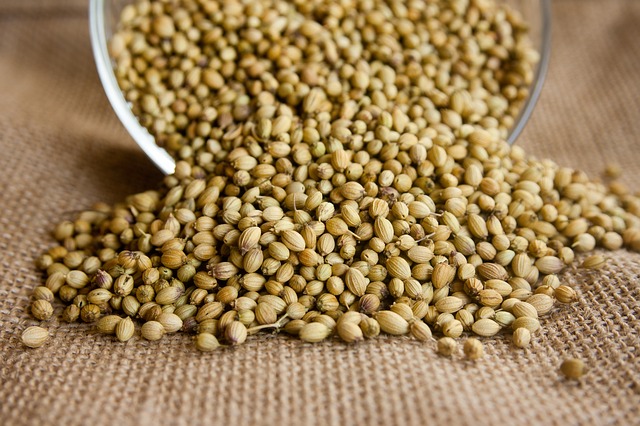 |
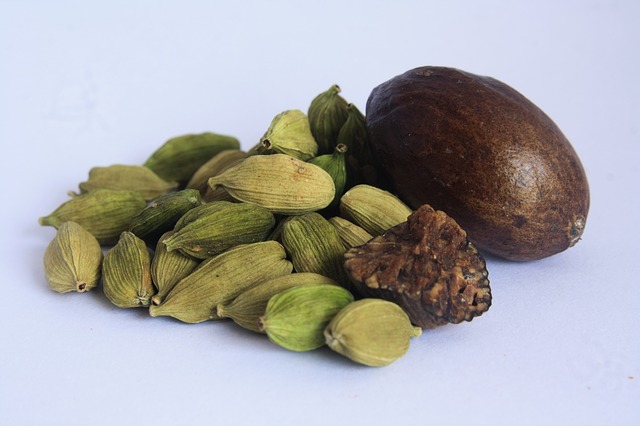 |
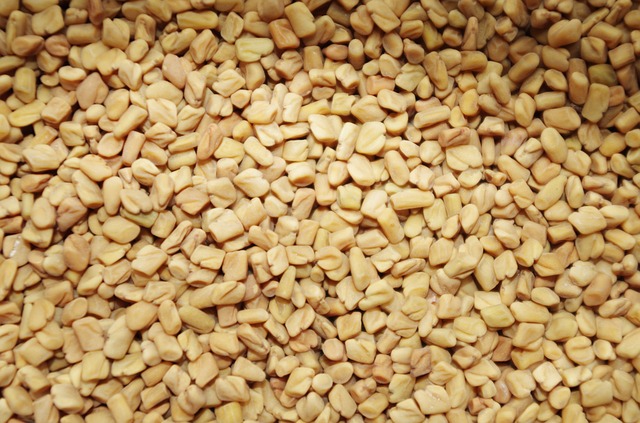 |
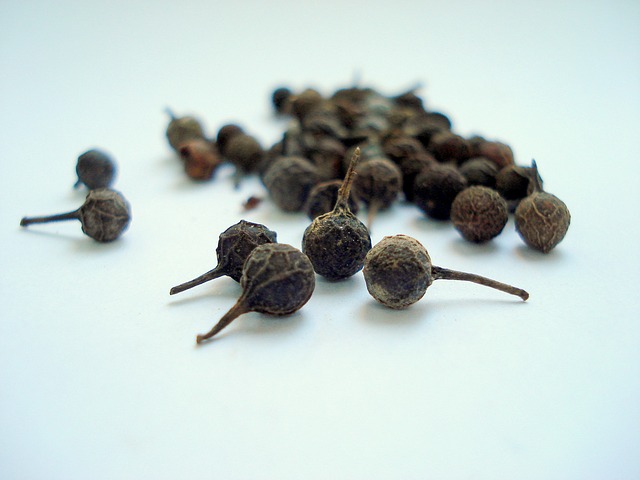 |
|---|---|---|---|---|---|---|
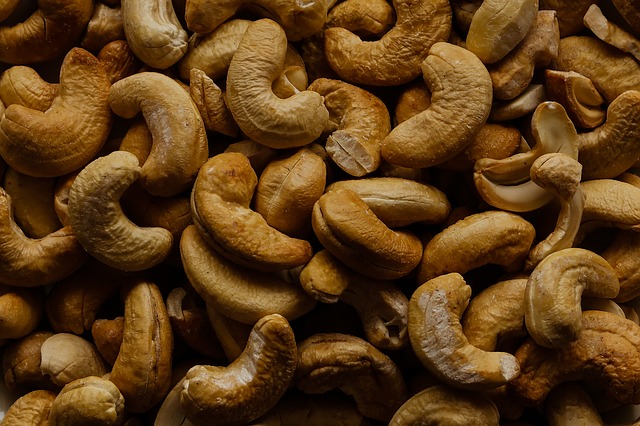 |
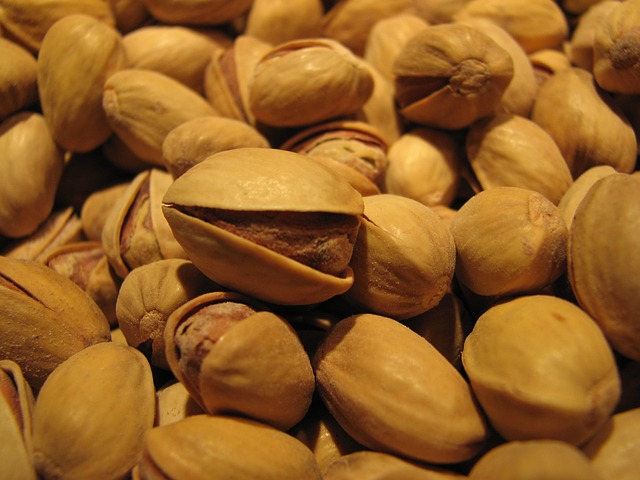 |
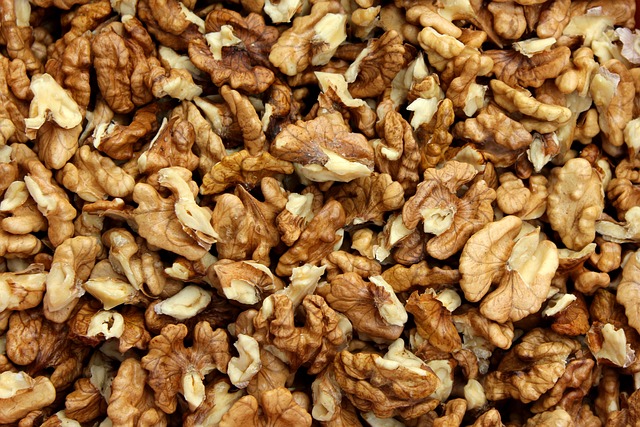 |
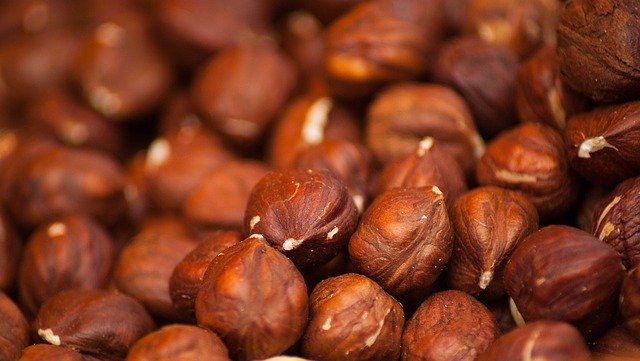 |
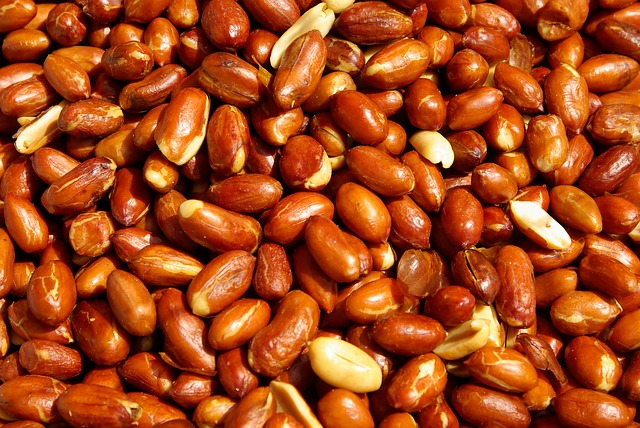 |
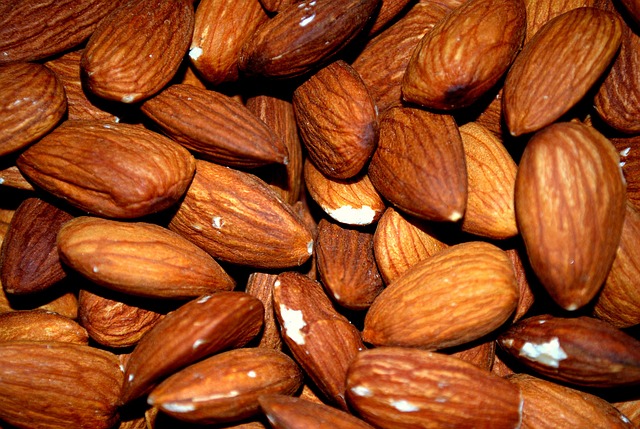 |
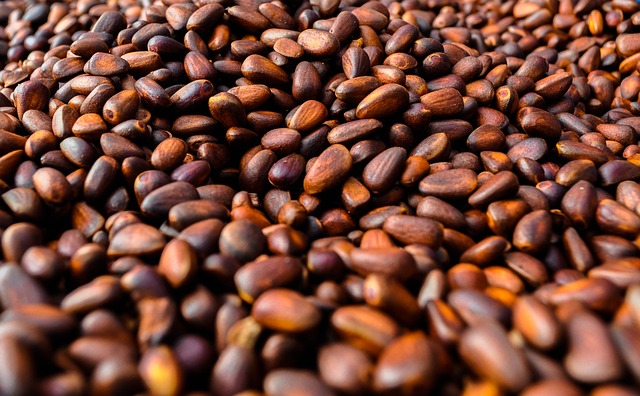 |
|---|---|---|---|---|---|---|
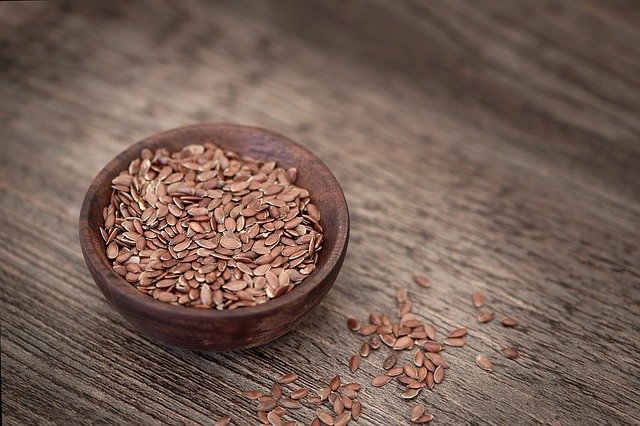 |
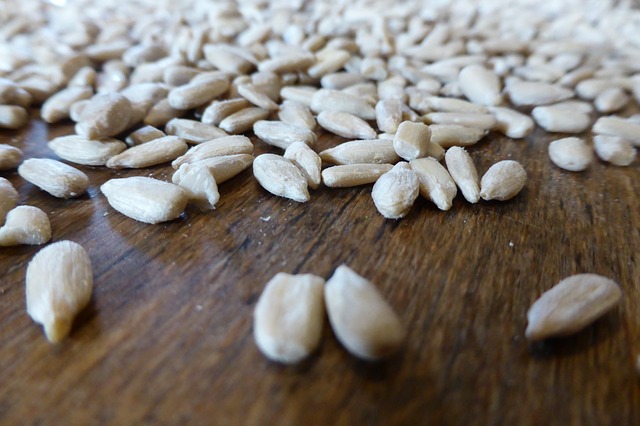 |
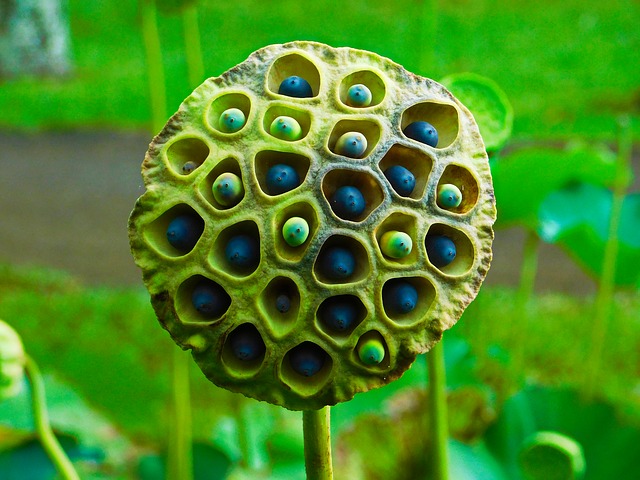 |
|||
|---|---|---|---|---|---|
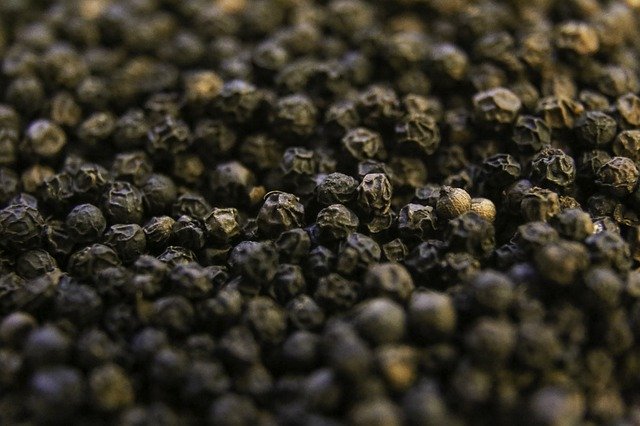 |
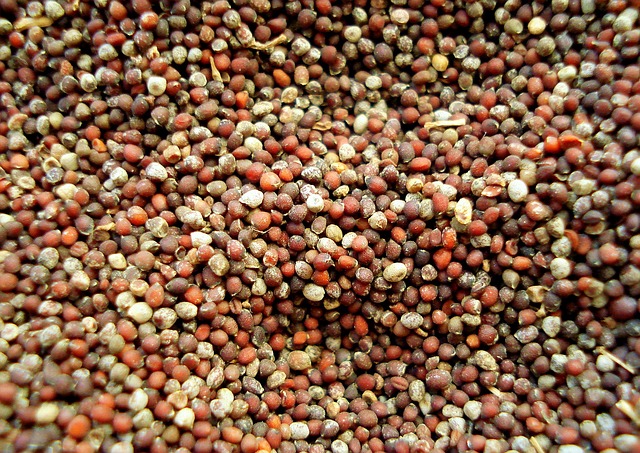 |
|---|---|
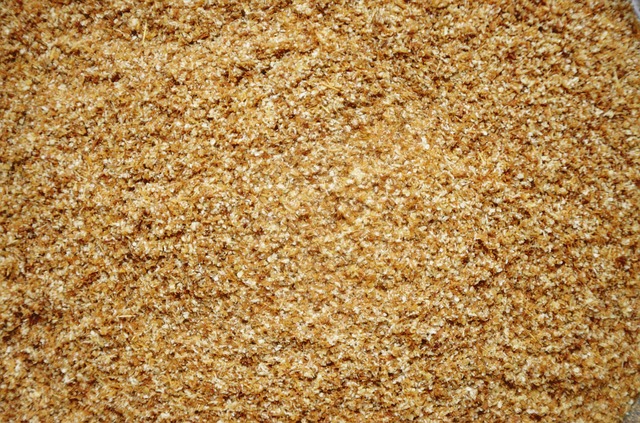 |
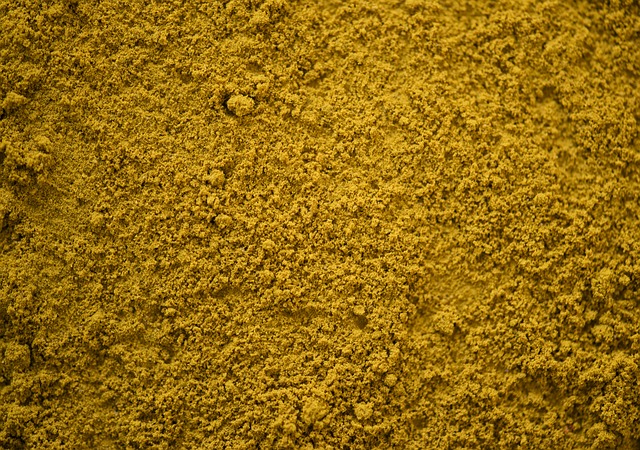 |
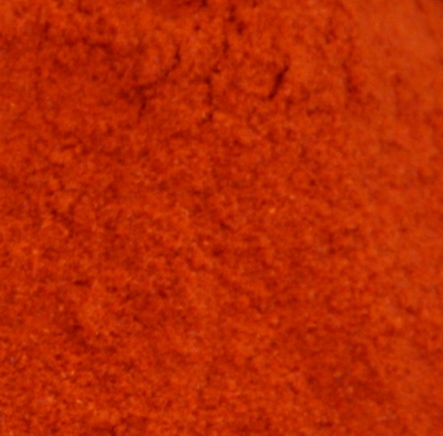 |
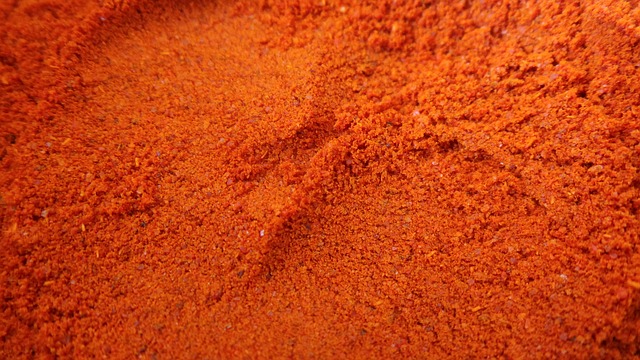 |
|---|---|---|---|
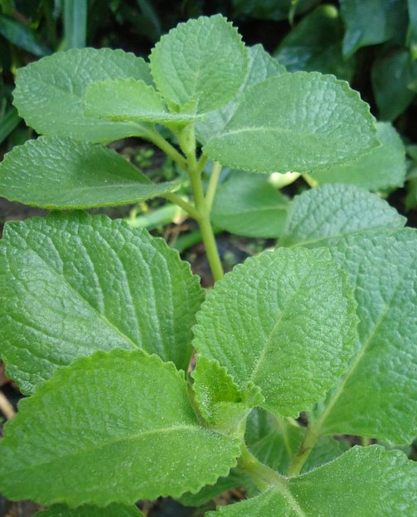 |
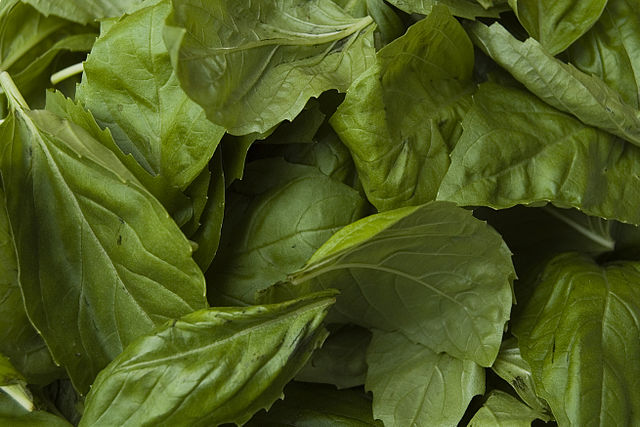 |
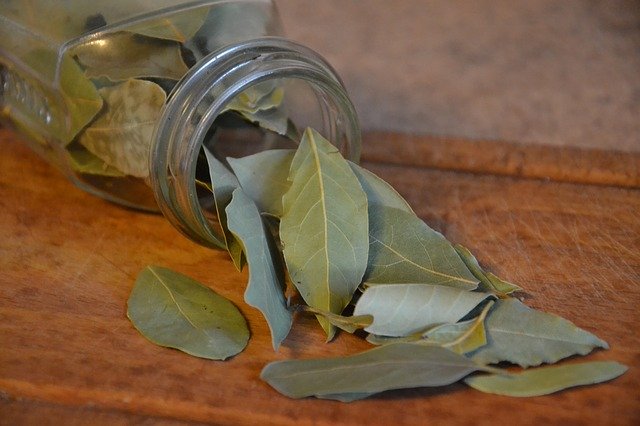 |
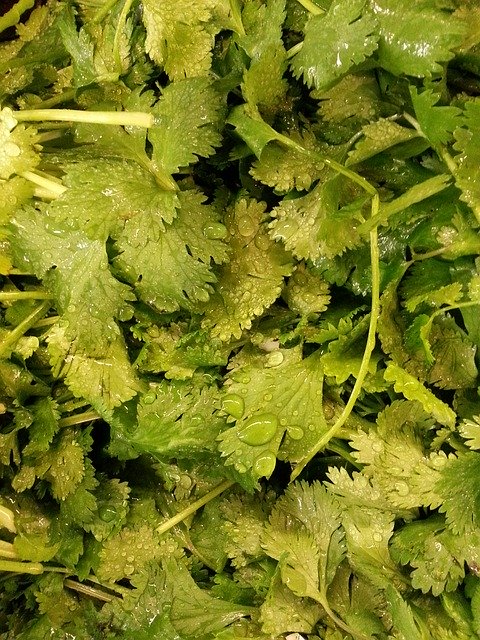 |
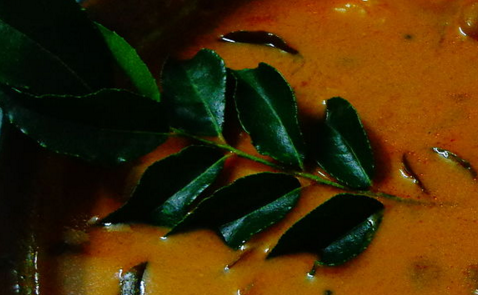 |
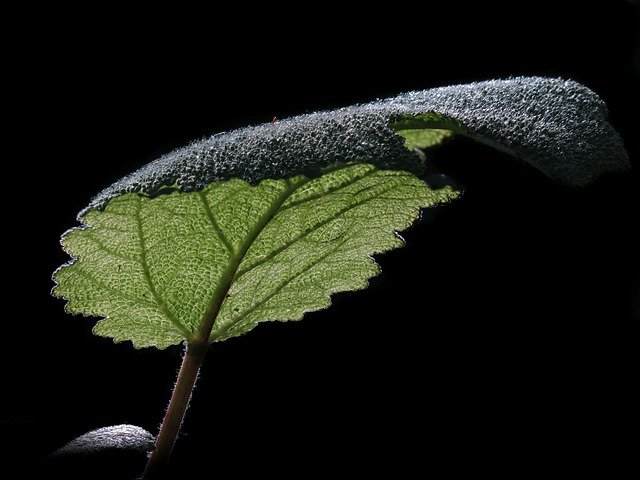 |
|---|---|---|---|---|---|
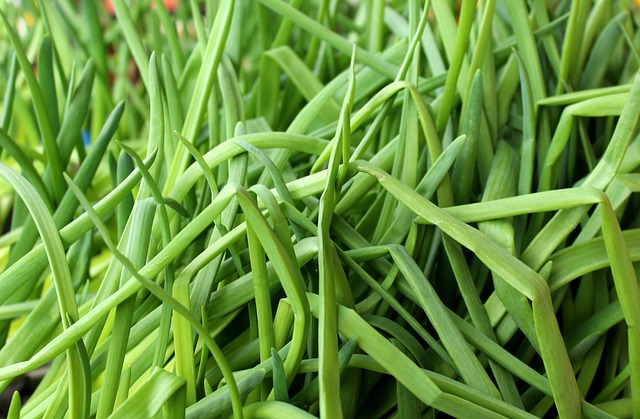 |
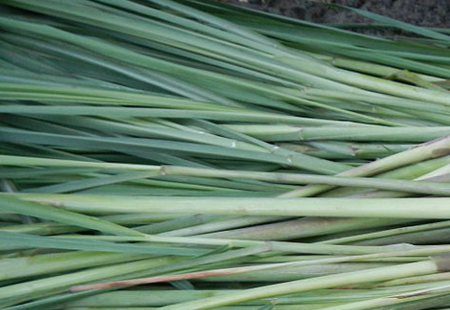 |
 |
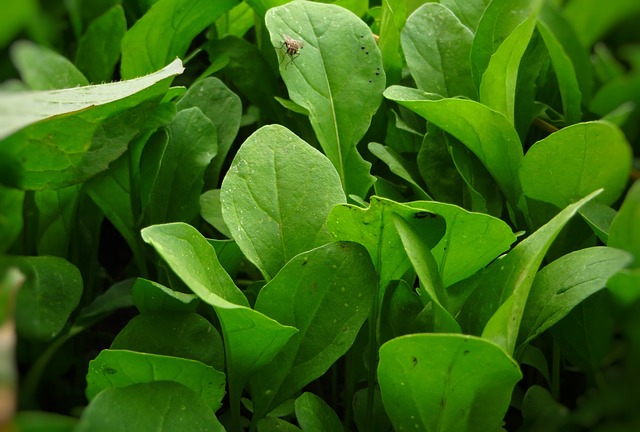 |
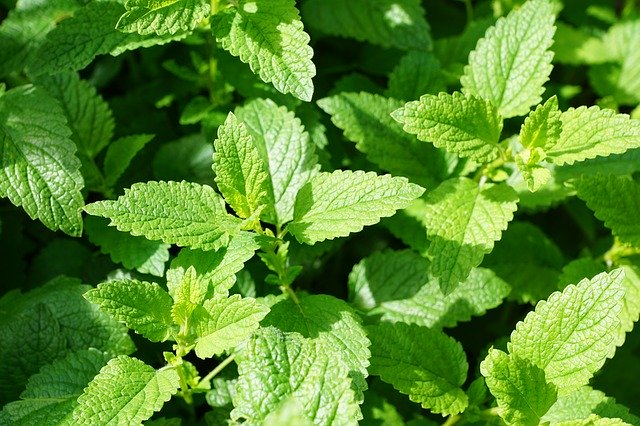 |
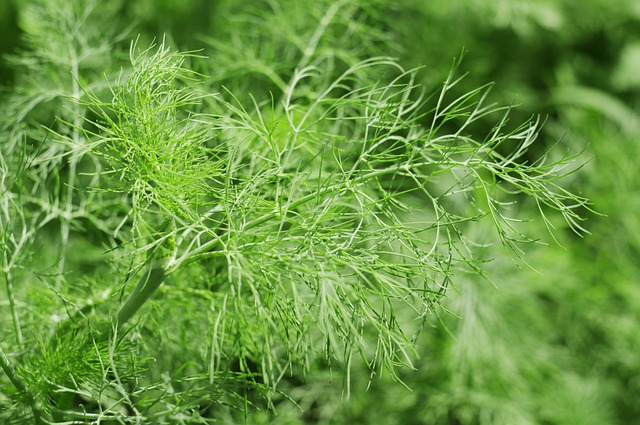 |
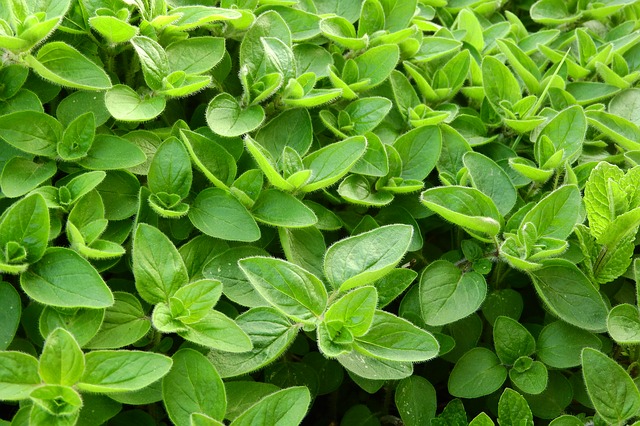 |
|---|---|---|---|---|---|---|
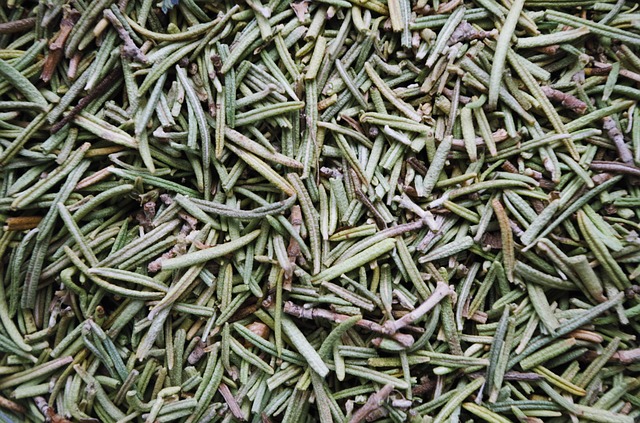 |
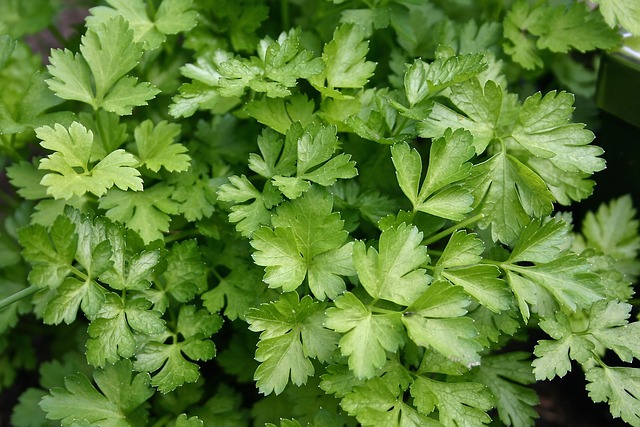 |
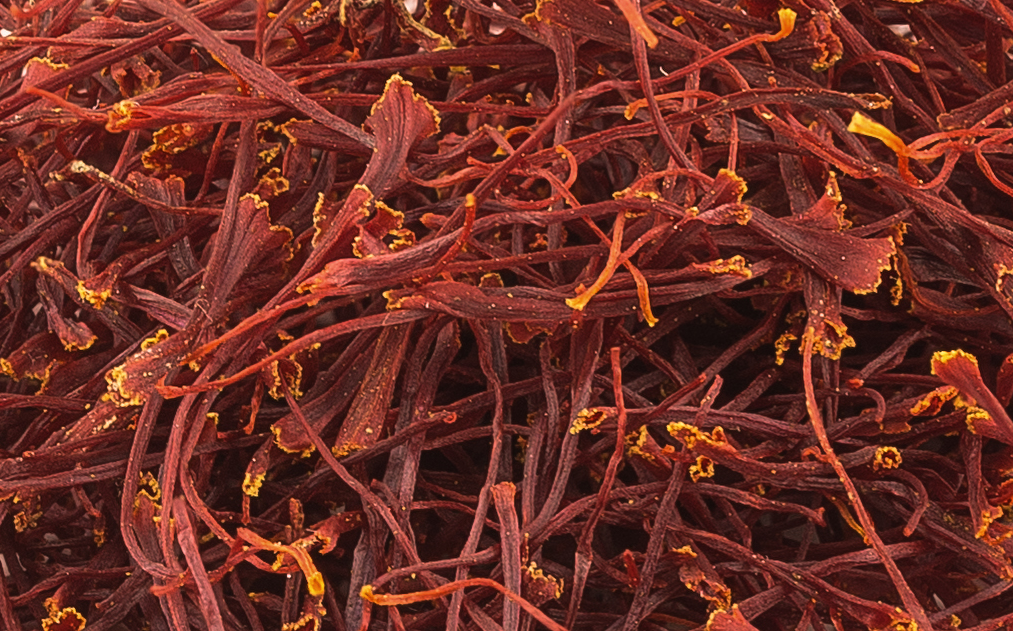 |
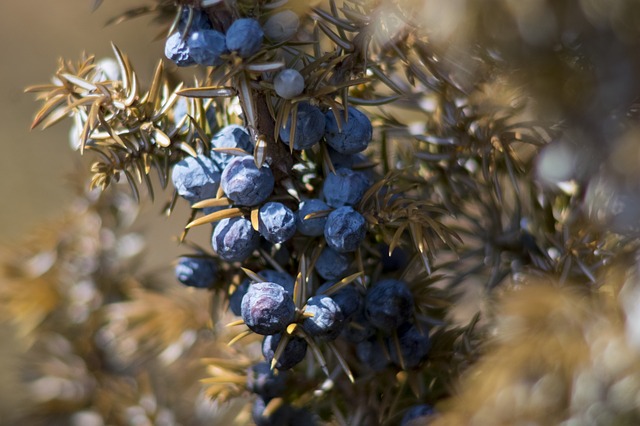 |
|---|---|---|---|
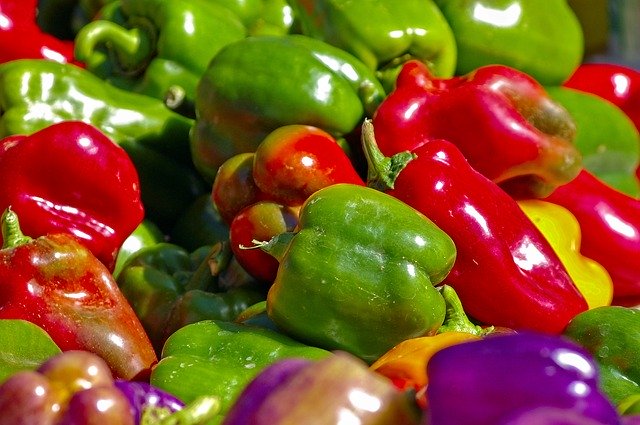 |
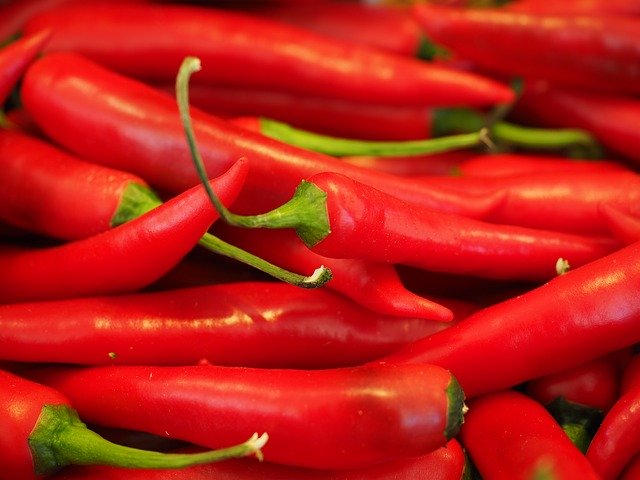 |
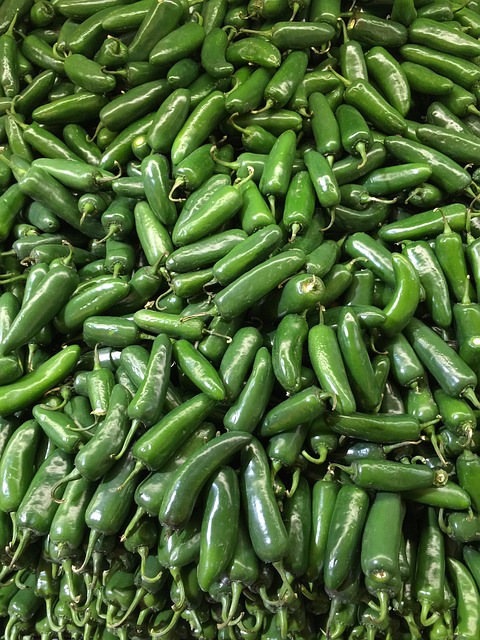 |
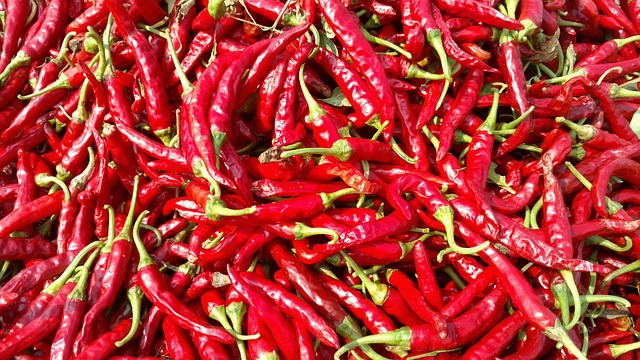 |
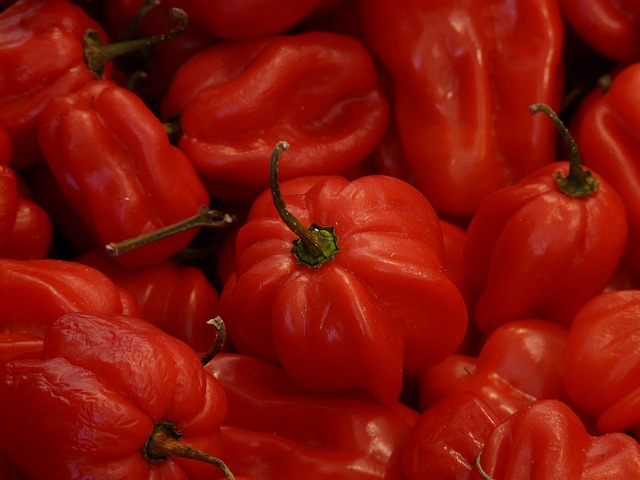 |
|---|---|---|---|---|
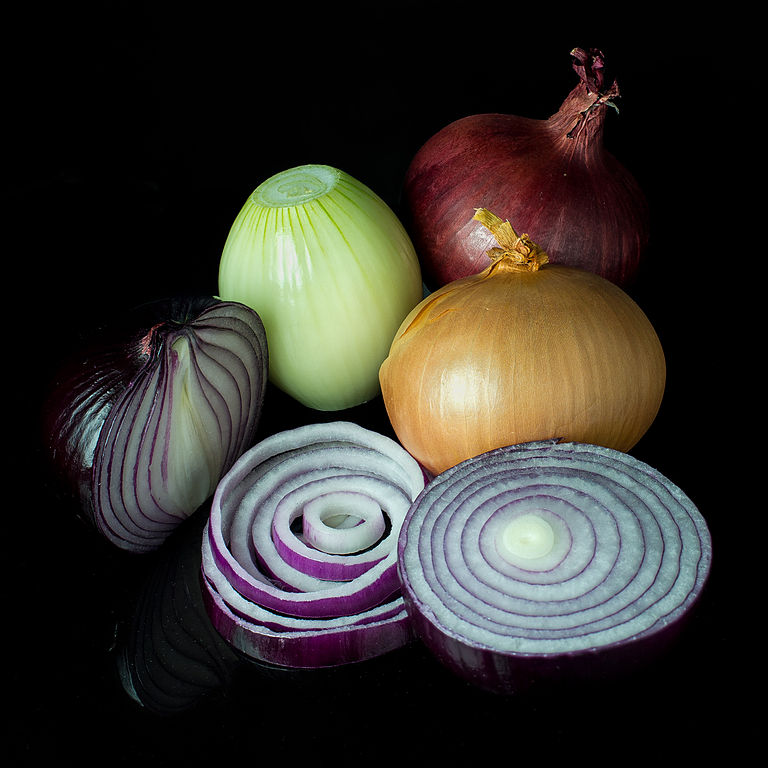 |
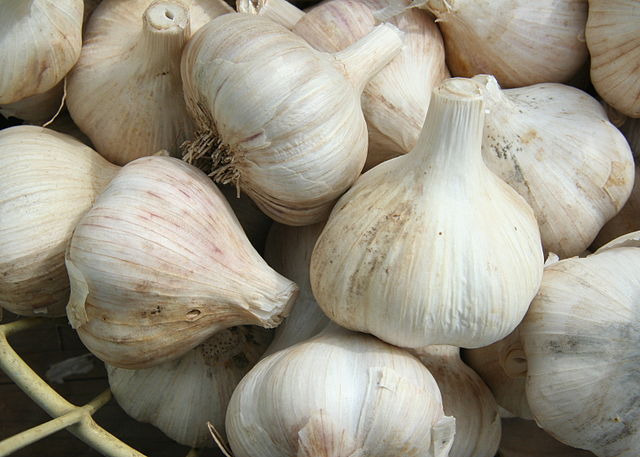 |
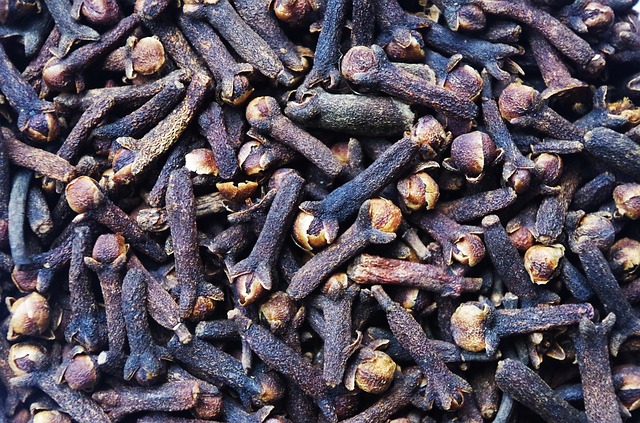 |
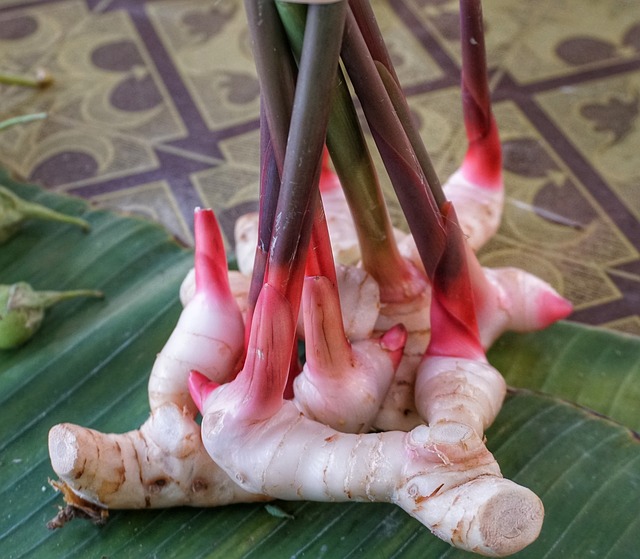 |
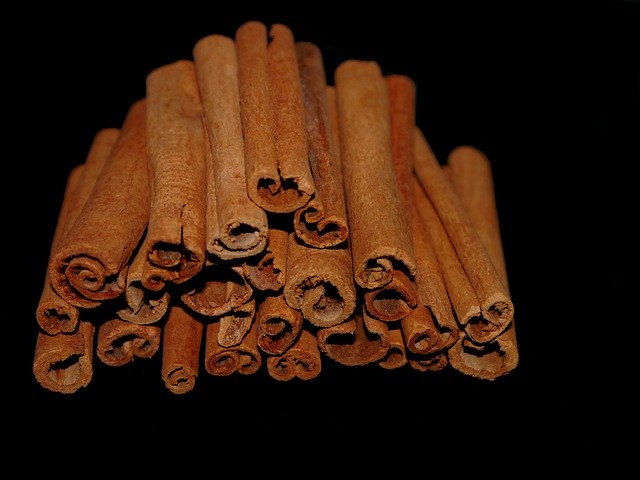 |
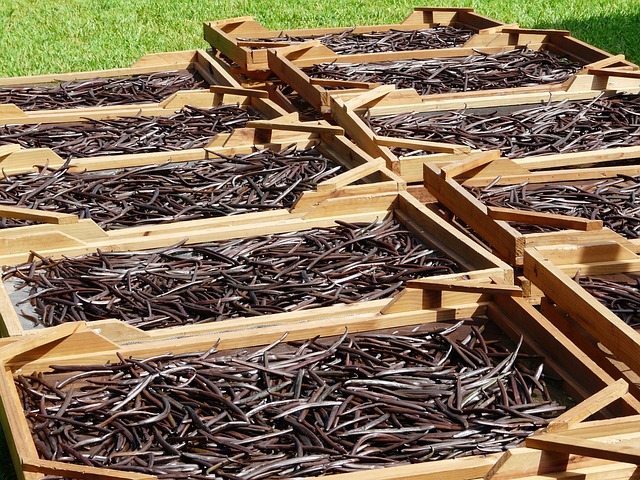 |
|---|---|---|---|---|---|
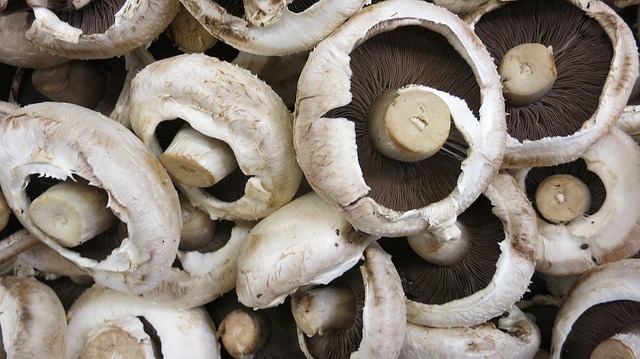 |
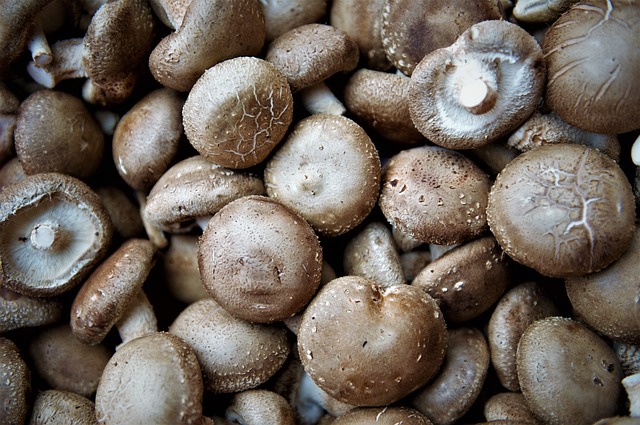 |
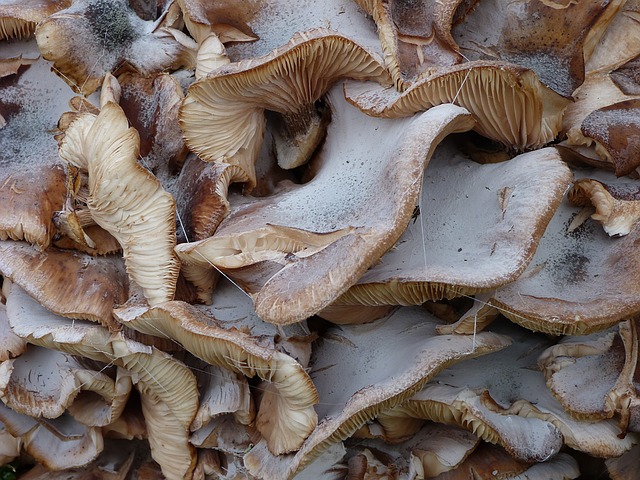 |
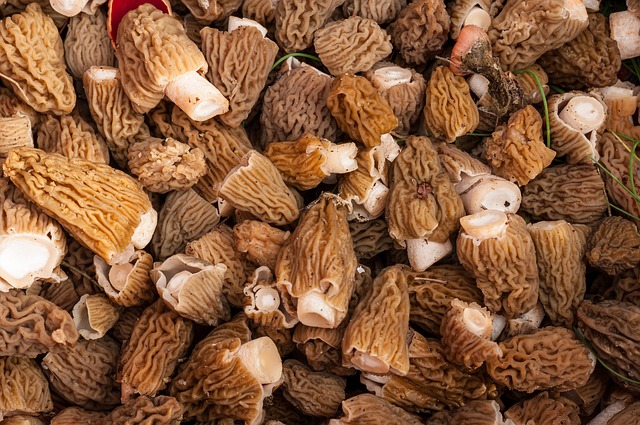 |
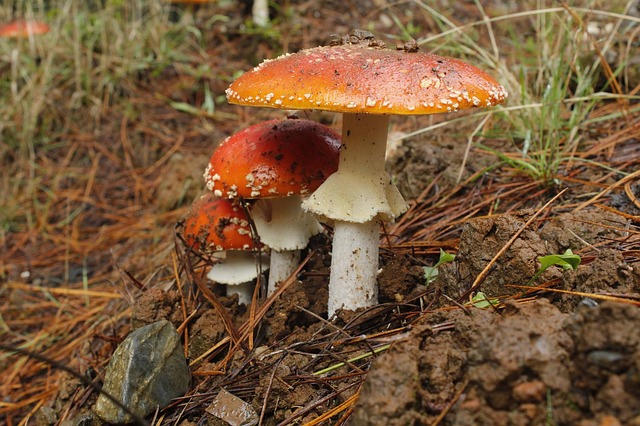 |
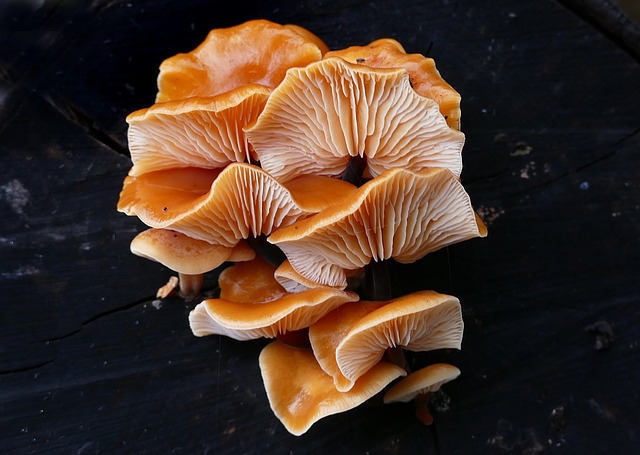 |
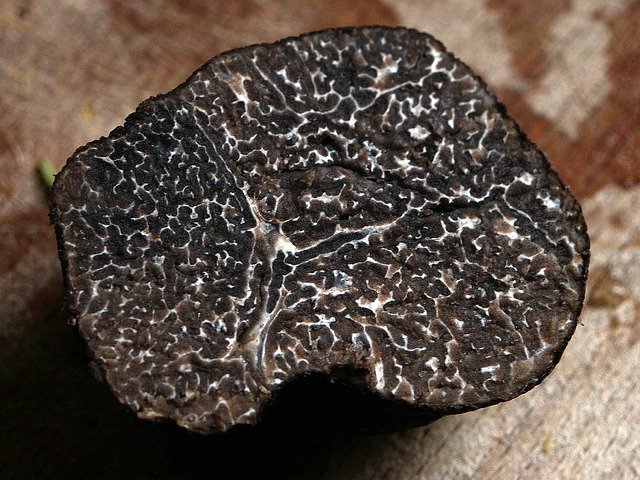 |
|---|---|---|---|---|---|---|
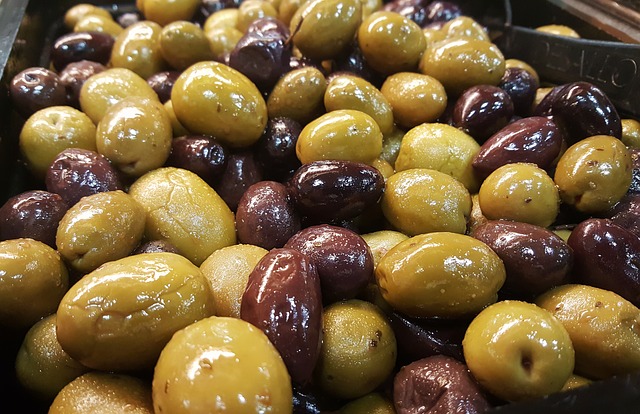 |
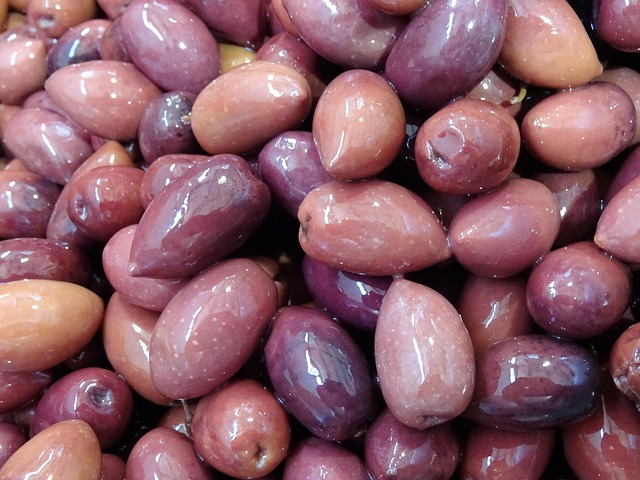 |
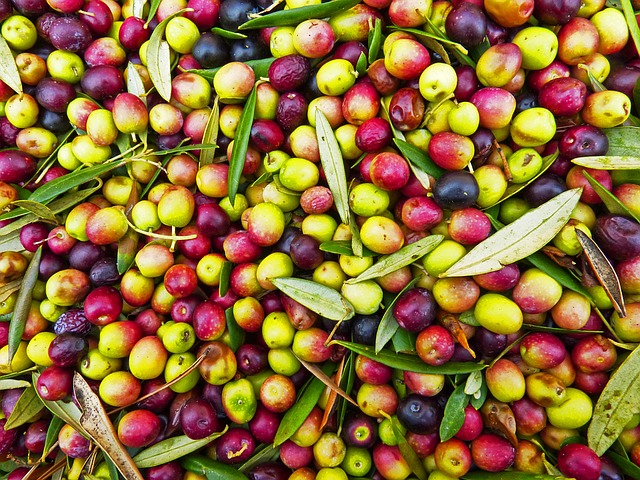 |
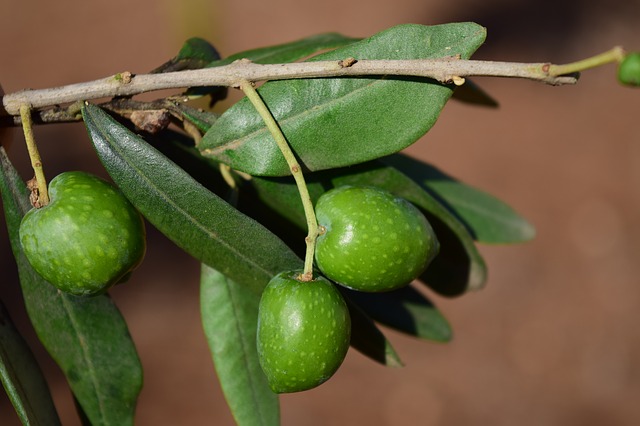 |
|---|---|---|---|
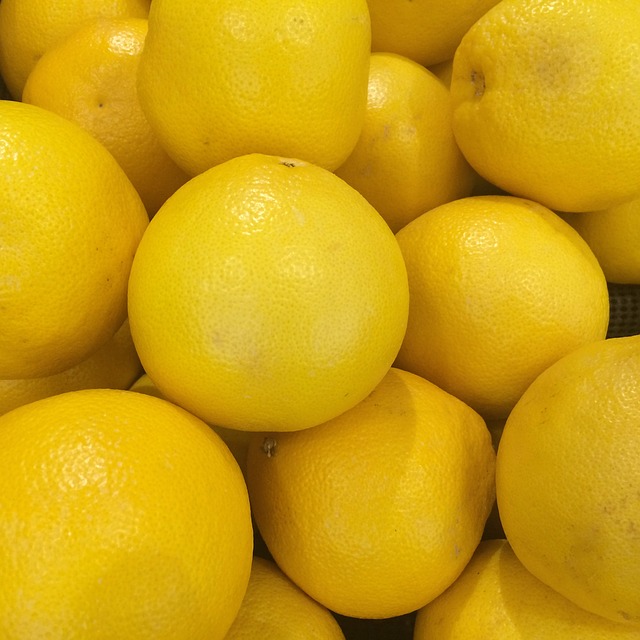 |
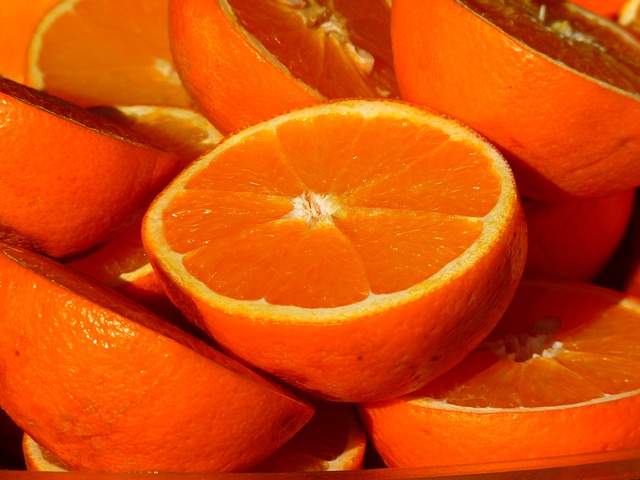 |
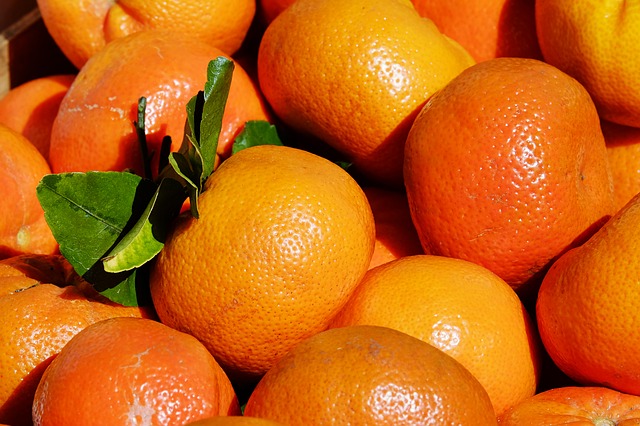 |
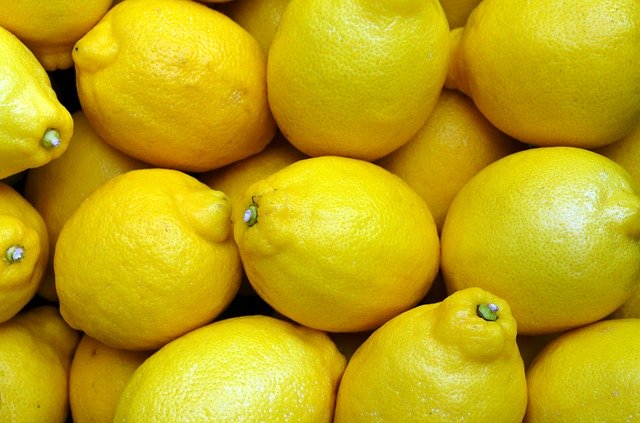 |
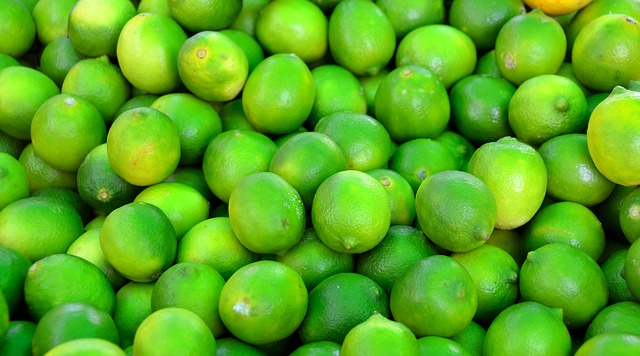 |
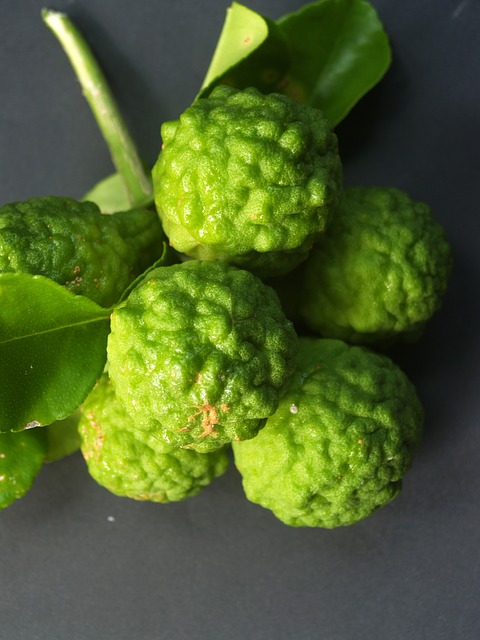 |
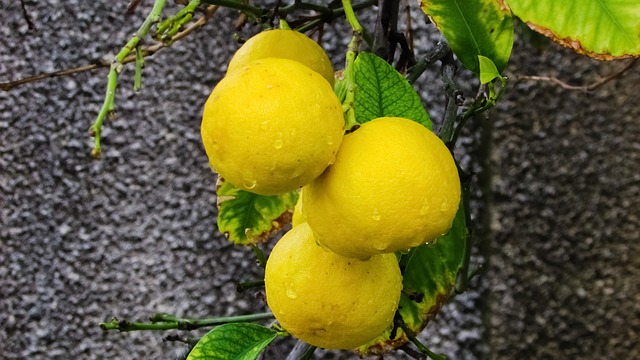 |
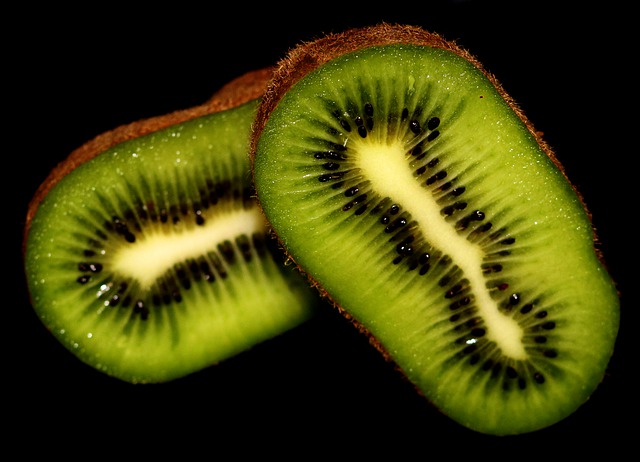 |
|---|---|---|---|---|---|---|---|
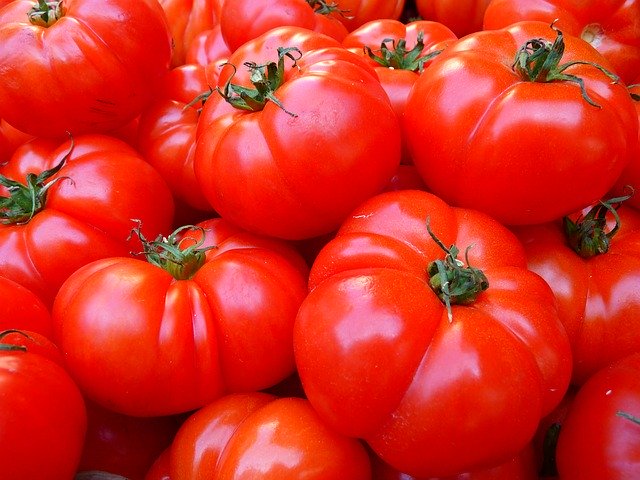 |
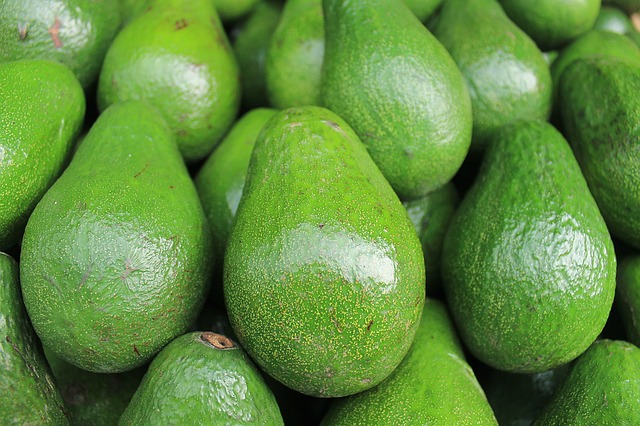 |
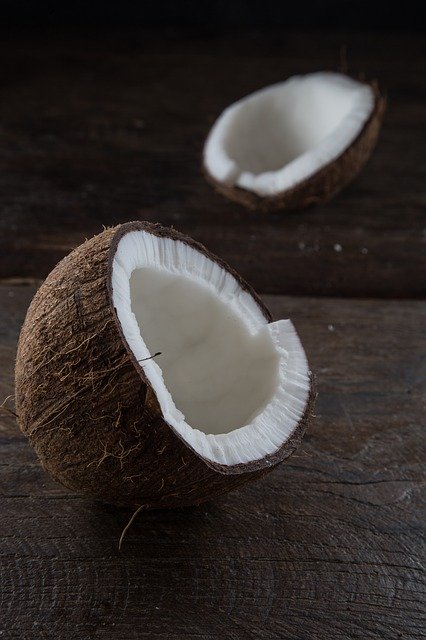 |
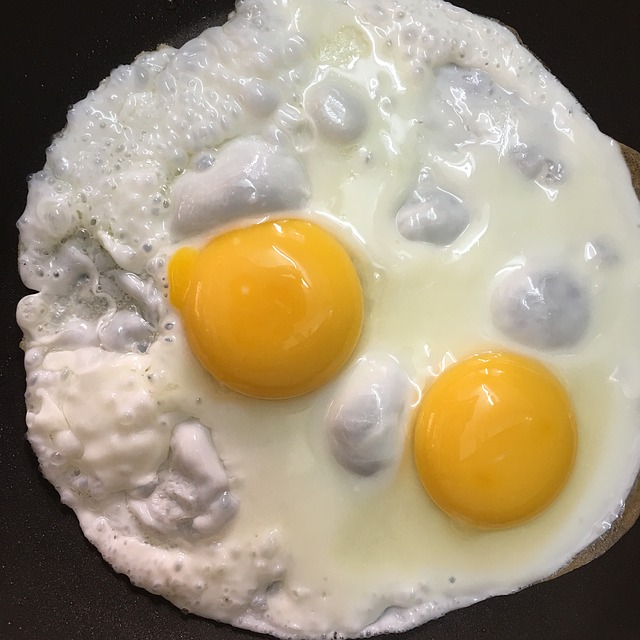 |
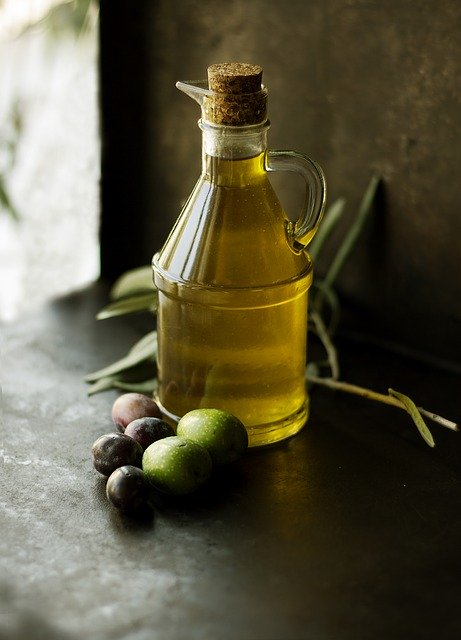 |
|---|---|---|---|---|
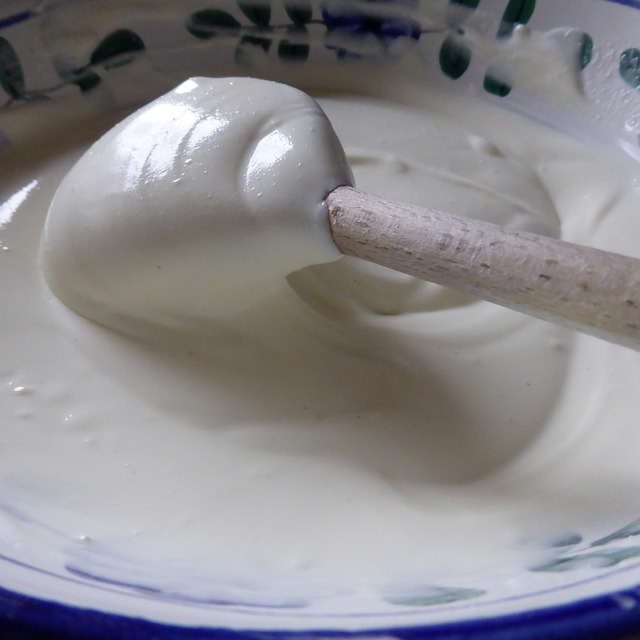 |
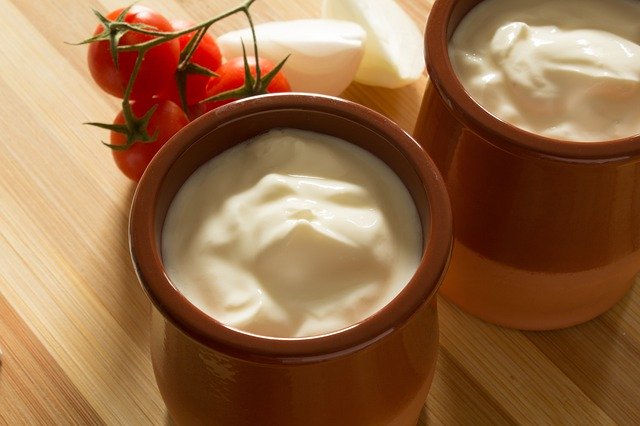 |
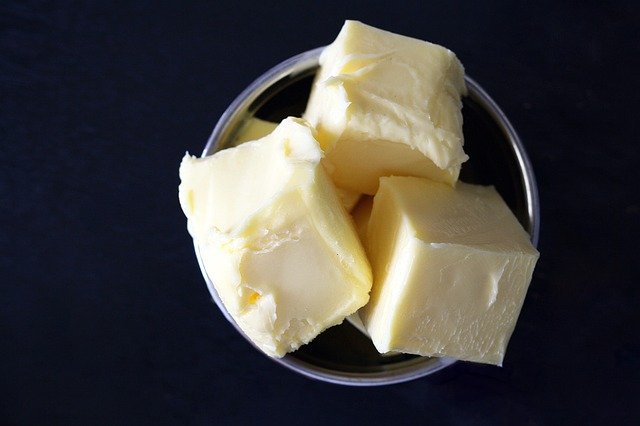 |
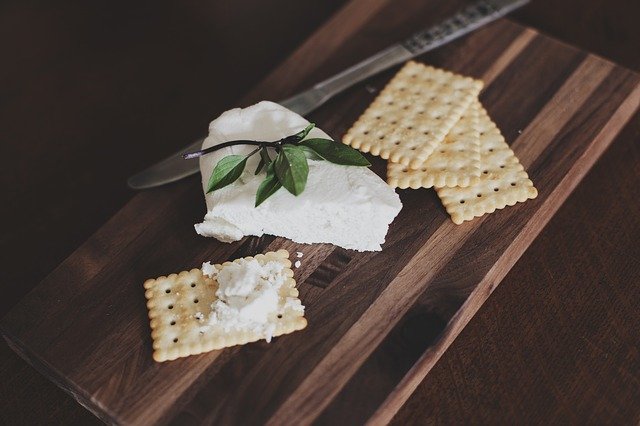 |
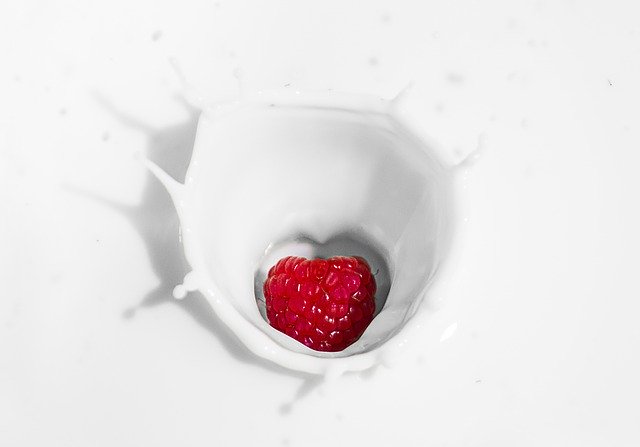 |
|---|---|---|---|---|
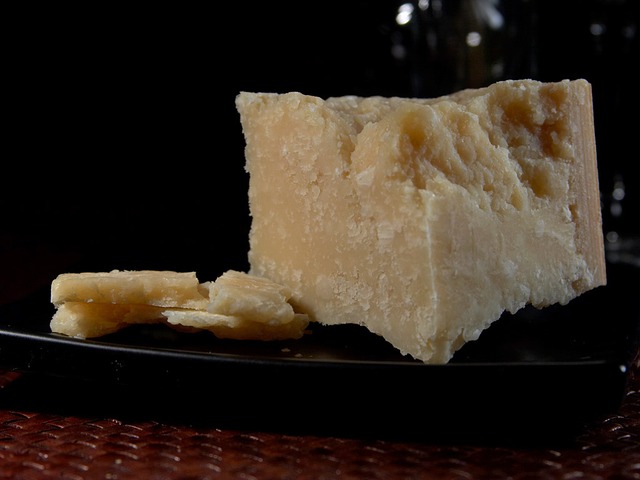 |
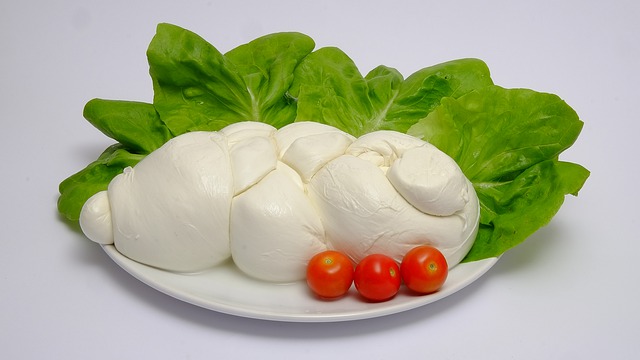 |
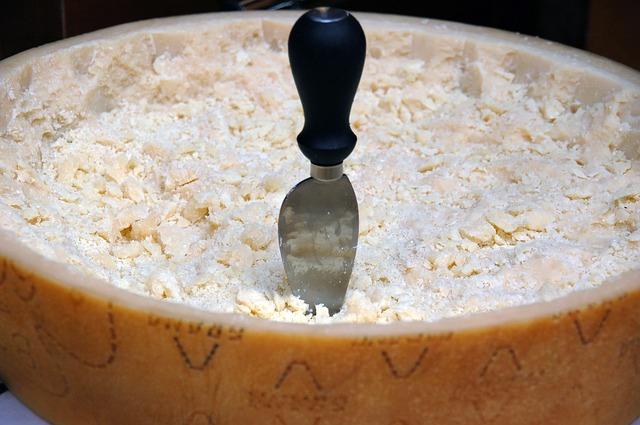 |
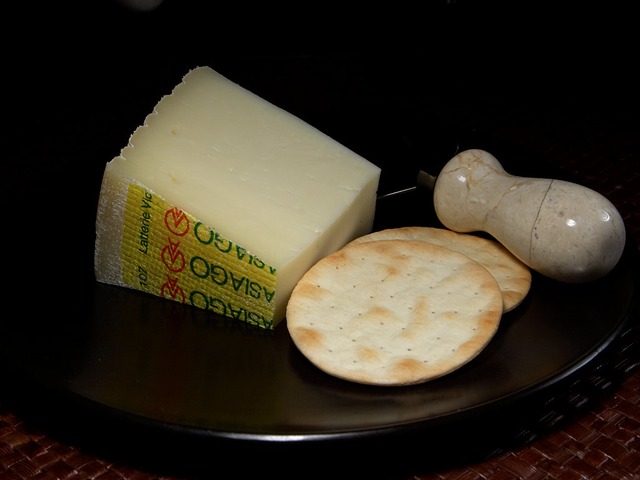 |
|---|---|---|---|
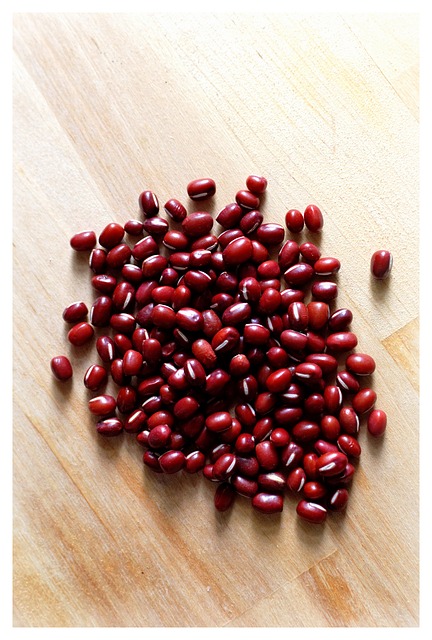 |
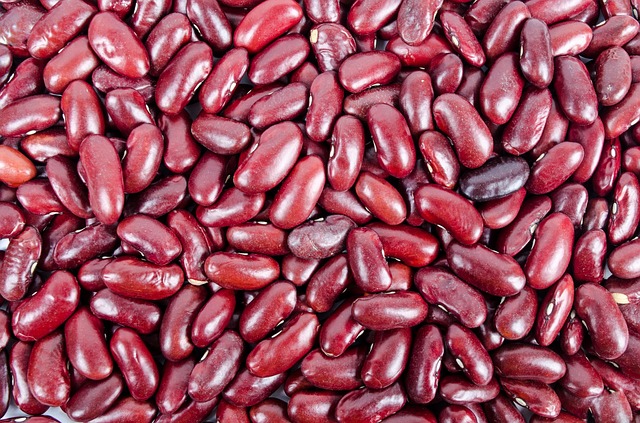 |
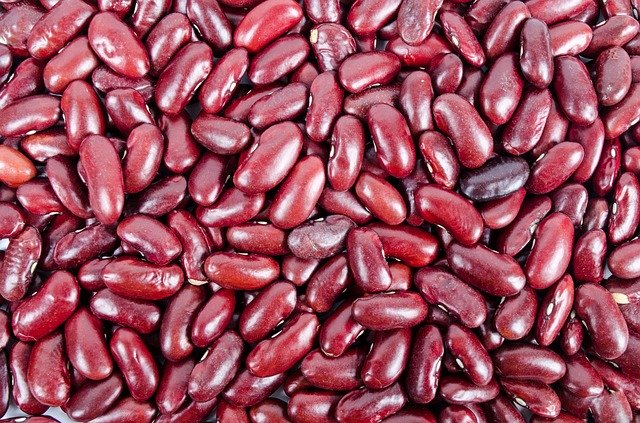 |
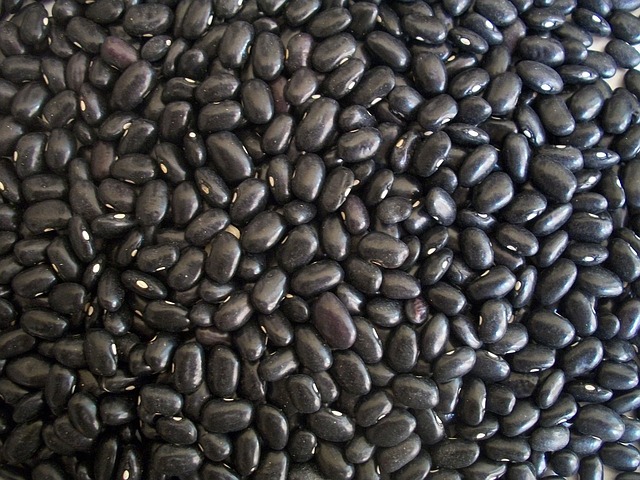 |
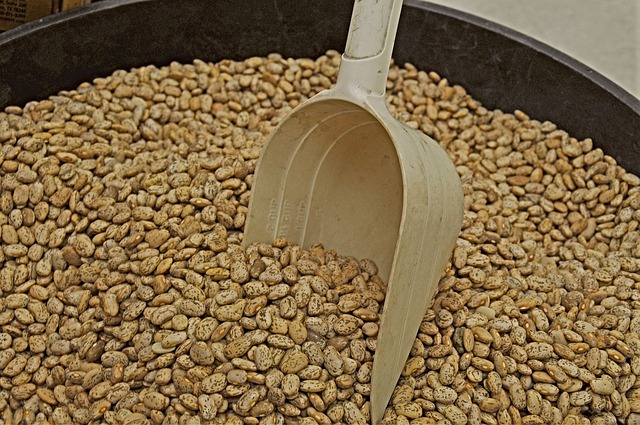 |
|---|---|---|---|---|
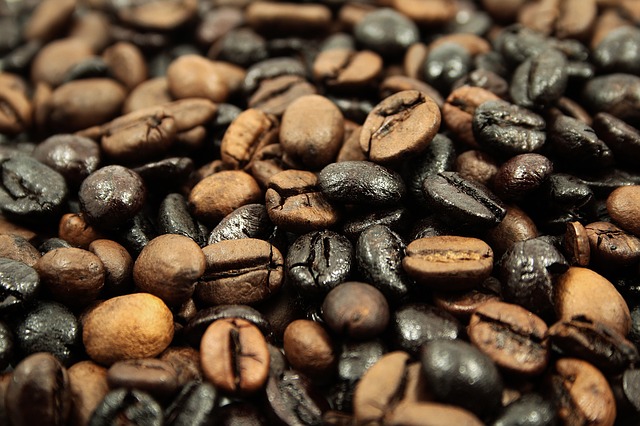 |
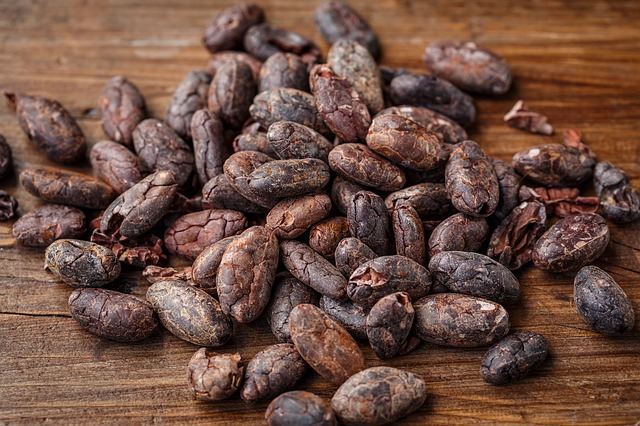 |
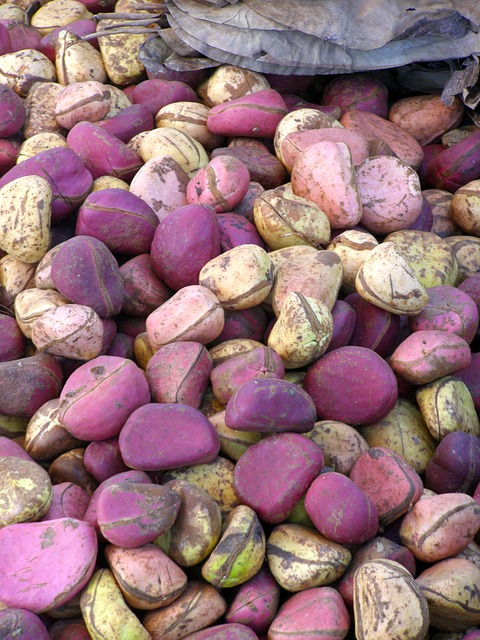 |
|---|---|---|
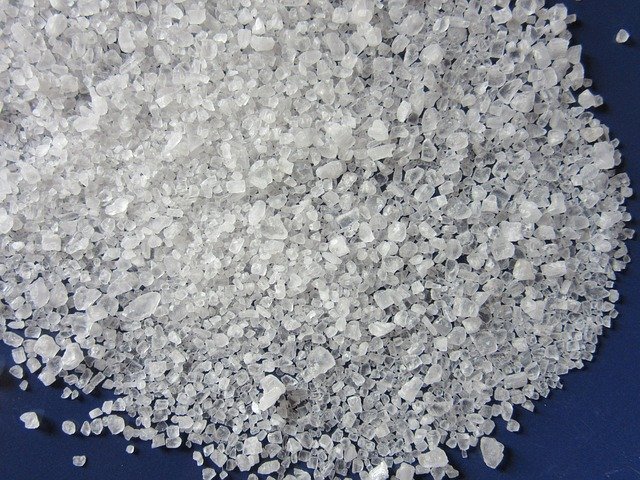 |
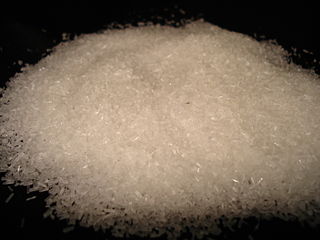 |
|---|---|
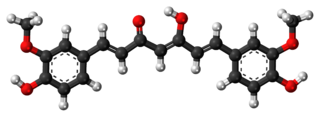 |
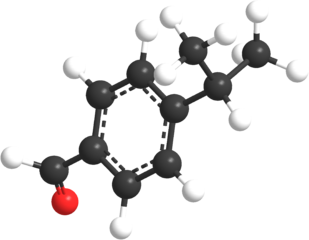 |
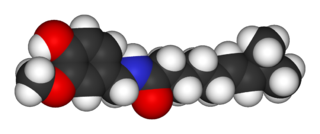 |
 |
|---|---|---|---|
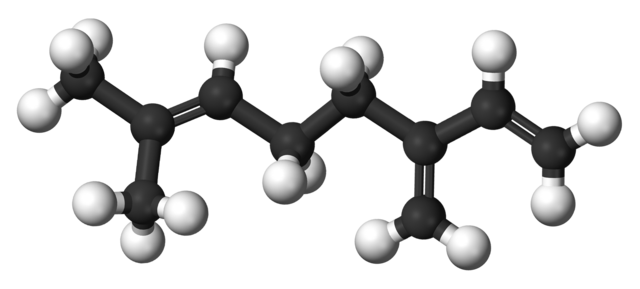 |
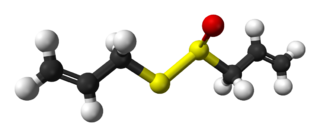 |
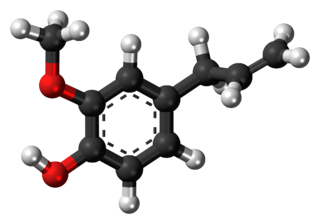 |
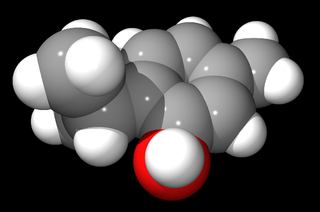 |
|---|---|---|---|
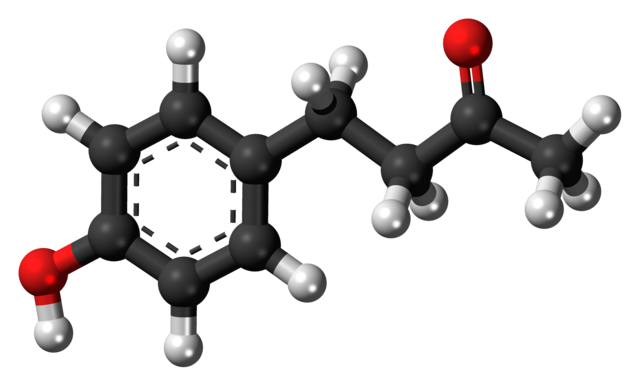 |
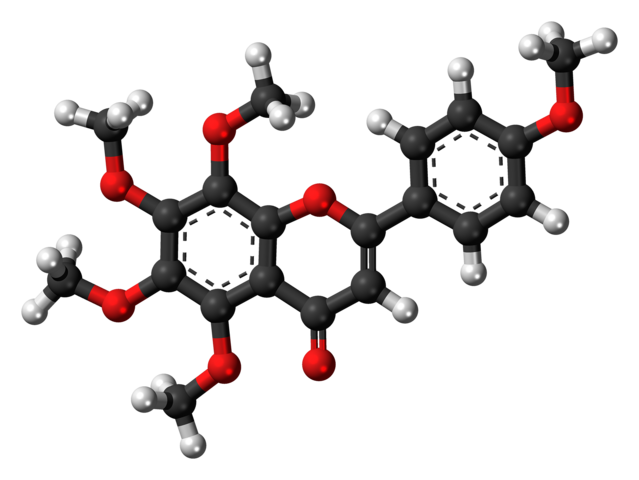 |
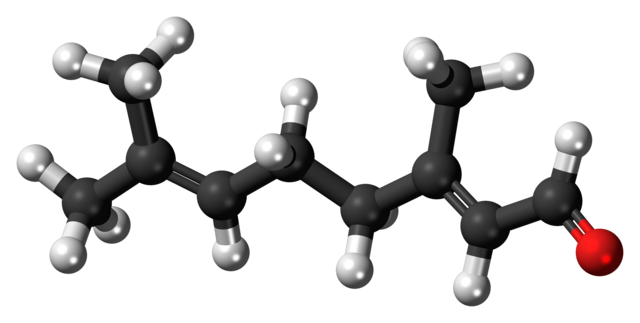 |
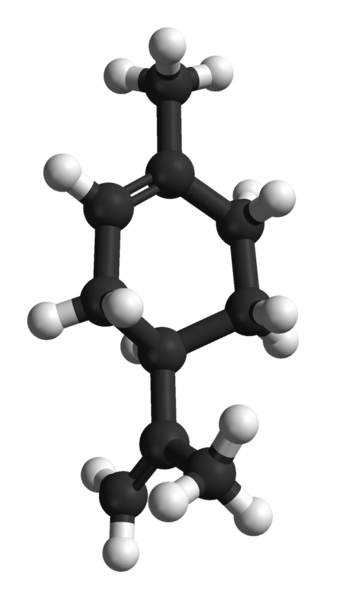 |
|---|---|---|---|
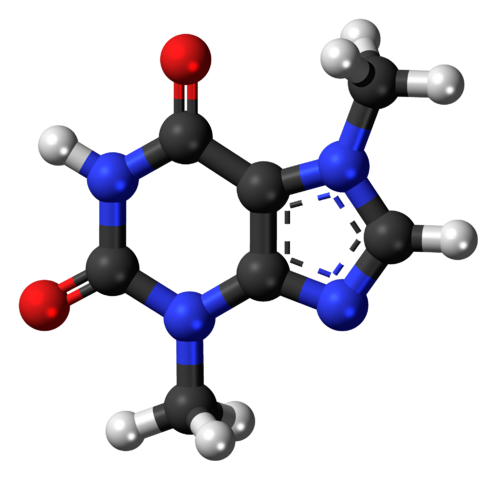 |
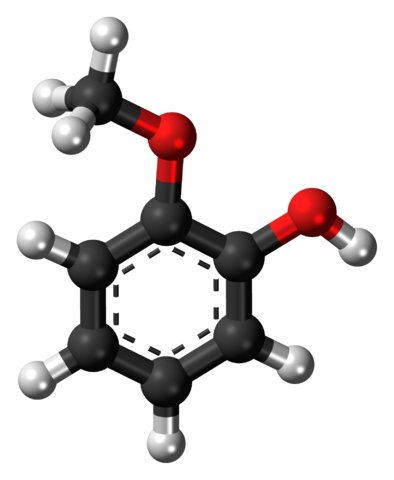 |
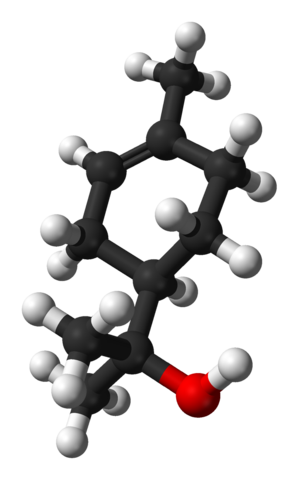 |
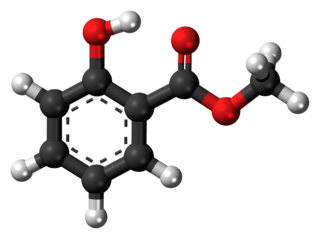 |
|---|---|---|---|
Hydrogen White Carbon Black Nitrogen Blue Oxygen Red Sulfur Yellow
Scoville scale (relative capsaicin content)
Ghost pepper 1000000
Trinidad 1000000 Trinidad moruga scorpion
Naga Morich 1000000
Habanero 250000
Cayenne pepper 40000
Malagueta pepper 40000
Tabasco 40000
Jalapeno 5000
Guajillo pepper 5000
Cubanelle 500
Banana pepper 500
Bell pepper 50
Pimento 50
Molecule Relative hotness
Rresiniferatoxin 16000
Tinyatoxin 5300
Capsaicin 16 Chili pepper
Nonivamide 9.2 Chili pepper
Shogaol .16 Ginger
Piperine .1 Black pepper
Gingerol .06 Ginger
Capsiate .016 Chili pepper
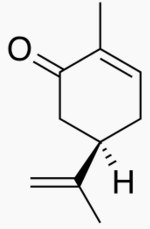 |
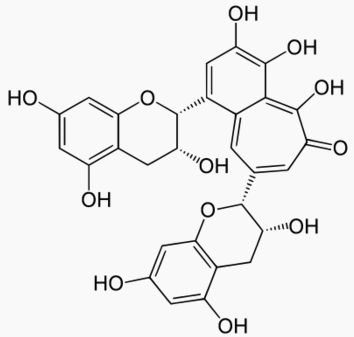 |
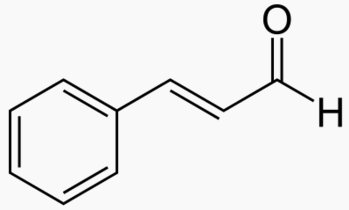 |
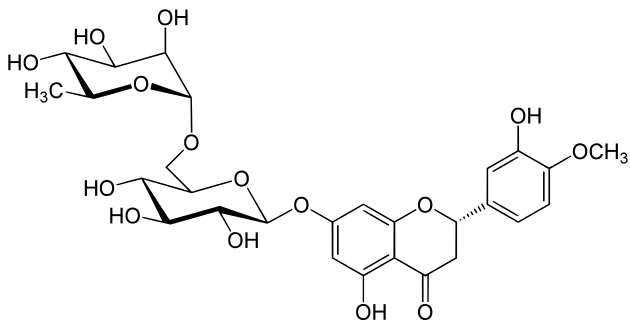 |
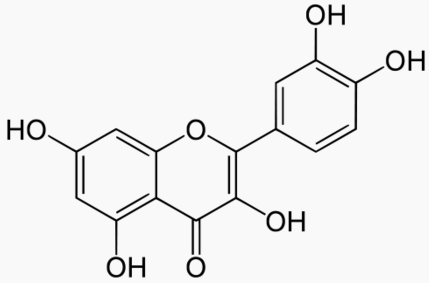 |
|---|---|---|---|---|
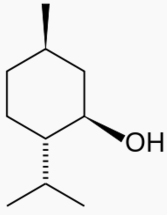 |
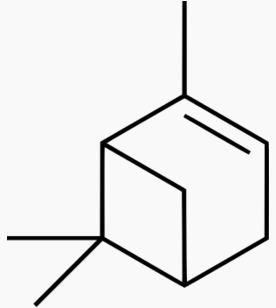 |
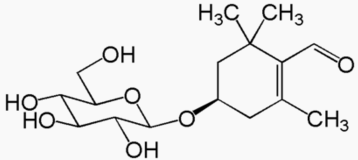 |
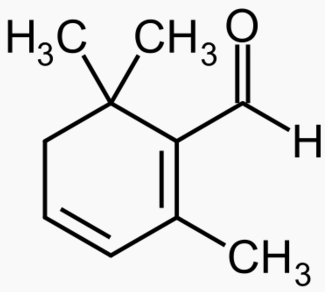 |
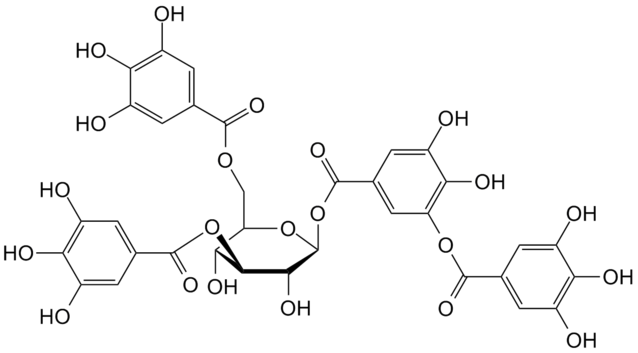 |
|---|---|---|---|---|
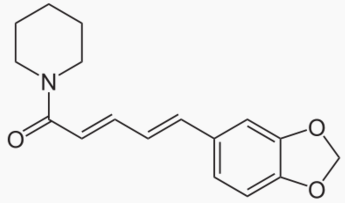 |
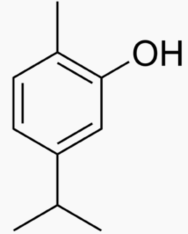 |
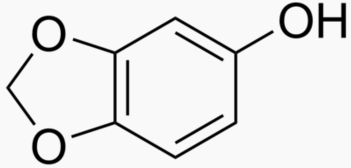 |
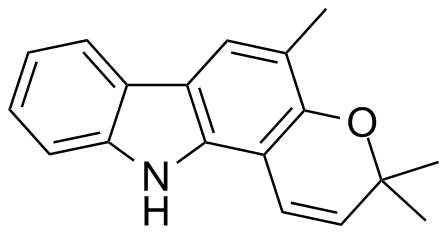 |
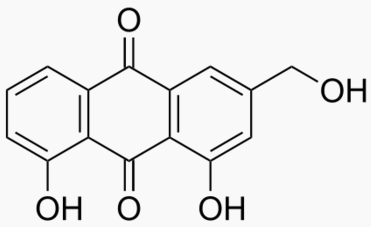 |
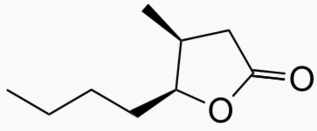 |
|---|---|---|---|---|---|
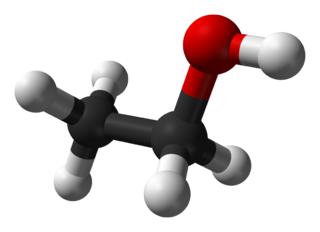 |
 |
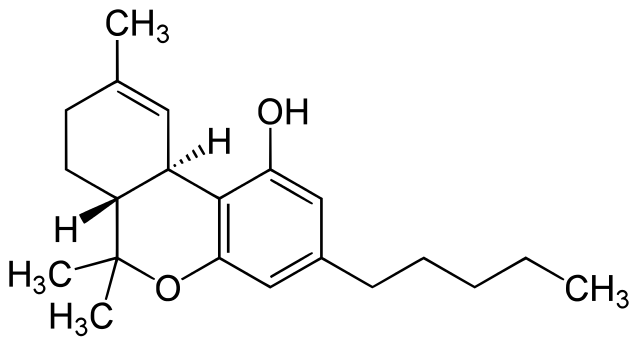 |
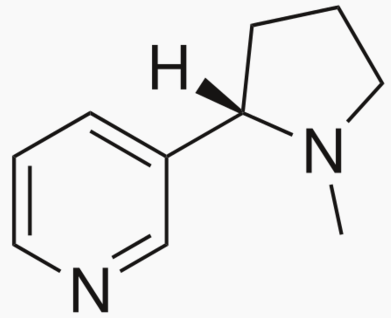 |
|---|---|---|---|
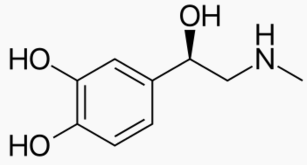 |
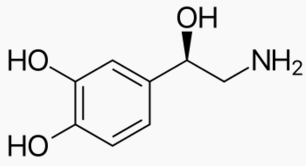 |
 |
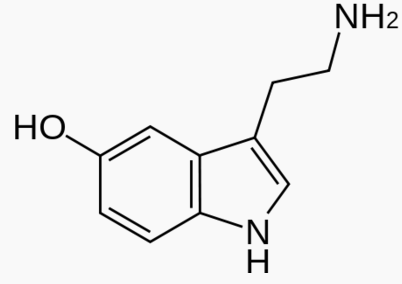 |
|---|---|---|---|
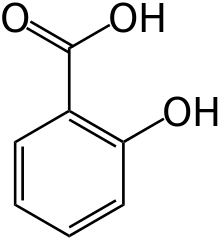 |
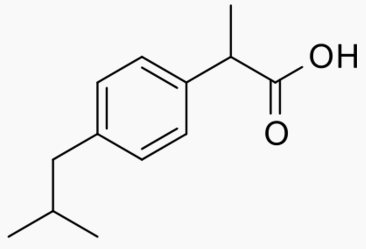 |
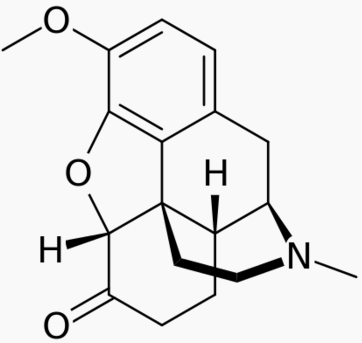 |
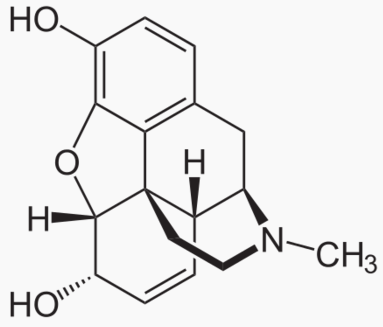 |
|---|---|---|---|
 |
 |
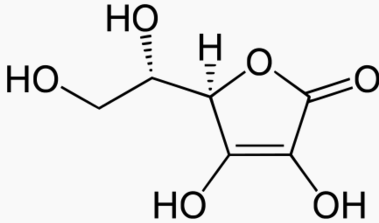 |
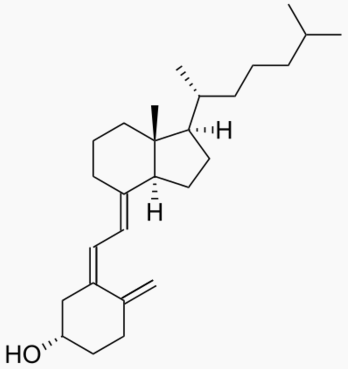 |
|---|---|---|---|
Animal and plant food is typically supplemented with calcium, potassium, phosphorus, and magnesium. The most important property of supplements is solubility. The supplement molecules are:
Solubility Calcium Phosphorus Potassium Magnesium
gram/Litre fraction fraction fraction fraction
Calcium chloride CaCl2 745 .361 0 0 0
Calcium acetate Ca(C2H3O2)2 347 .253 0 0 0
Calcium lactate CaC6H10O6 58 .184 0 0 0
Monocalcium phosphate Ca(H2PO4)2 20 .171 .265 0 0
Calcium citrate Ca3(C6H5O7)2 .85 .241 0 0 0
Dicalcium phosphate CaHPO4 .2 .295 .228 0 0
Tricalcium phosphate Ca3(PO4)2 .02 .388 .200 0 0
Calcium carbonate CaCO3 .013 .400 0 0 0
Calcium gluconate CaC12H22O14 low .093 0 0 0
Potassium chloride KCl 254 0 0 .524 0
Monopotassium phosphate KH2PO4 226 0 .228 .287 0
Dipotassium phosphate K2HPO4 1492 0 .178 .449 0
Tripotassium phosphate K3PO4 900 0 .146 .553 0
Potassium bicarbonate KHCO3 224 0 0 .391 0
Potassium citrate K3C6H5O7 high 0 0 .383 0
Potassium gluconate KC6H11O7 0 0 .117 0
Monosodium phosphate NaH2PO4 599 0 .258 0 0
Disodium phosphate Na2HPO4 77 0 .218 0 0
Trisodium phosphate Na3PO4 120 0 .189 0 0
Magnesium citrate MgC6H6O7 200 0 0 0 .113
Magnesium aspartate MgC8H12N2O8 soluble 0 0 0 .084
Monomagnesium phosphate Mg(H2PO4)2 0 .284 0 .111
Dimagnesium phosphate MgHPO4 0 .258 0 .202
Trimagnesium phosphate Mg3(PO4)2 0 0 .236 0 .228
Magnesium chloride .255
Plants need the above elements plus nitrogen and sulfur, which have the following forms:
Solubility Nitrogen Phosphorus Potassium Magnesium Sulfur
gram/Litre fraction fraction fraction fraction fraction
Urea CO(NH2)2 1079 .467 0 0 0 0
Ammonium nitrate (NH4)NO3 150 .350 0 0 0 0
Monoammonium phosphate NH4H2PO4 360 .122 .269 0 0 0
Diammonium phosphate (NH4)2HPO4 600 .212 .235 0 0 0
Potassium nitrate KNO3 .139 0 .387 0 0
Ammonium sulfate (NH4)2SO4 744 .212 0 0 0 .243
Potassium sulfate K2SO4 0 0 .449 0 .184
Magnesium sulfate MgSO4(H2O)7 0 0 0 .099 .130
Magnesium sulfide MgS 351 0 0 0 .431 .569
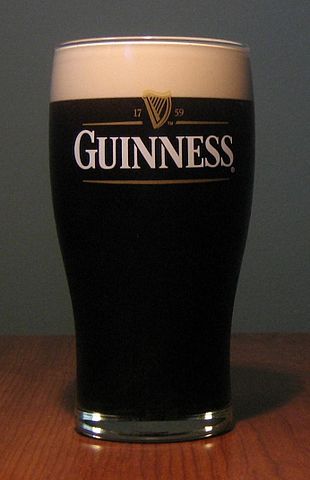 |
 |
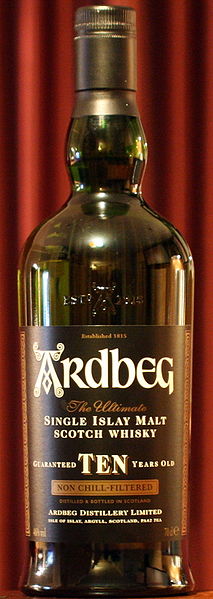 |
 |
|
|---|---|---|---|---|
A typical bottle of beer has a volume of 12 ounces, is 5% alcohol, and contains
.6 ounces of alcohol. We use this amount as a reference unit and define
.6 ounces of alcohol to be one "Bond".
Volume of the drink = V
Fraction of alcohol = F
Volume of alcohol = Valc = F V
Volume of one beer = Vbeer = 12 ounces
Alcohol fraction of beer = Fbeer = .05
Alcohol volume in one beer = VBond = .6 ounces
One "Bond" of alcohol = .6 ounces
One wine or Scotch bottle = 25.4 ounces = 750 ml
One ounce = 29.6 mL
Alcohol Volume Alcohol Alcohol $ $/Bond
fraction (oz) (oz) (Bonds)
Beer (12 oz) .05 12 .6 1 .67 .67 Budweiser
Wine glass .13 4.6 .6 1 8 8.0 Napa Valley
Scotch shot .40 1.5 .6 1 8 8.0 Laphroaig
Beer pitcher .05 64 3.2 5.3 16 3.0 Budweiser
Beer keg .05 1984 99.2 165.3 100 .60 Budweiser
Wine bottle .13 25.4 3.3 5.5 3 .55 Charles Shaw
Vodka bottle .40 25.4 10.1 16.9 15 .89 Smirnoff
Scotch bottle .40 25.4 10.1 16.9 50 3.0 Laphroaig
Distilled ethanol .95 25.4 24.1 40.2 15 .37 Everclear
 |
|---|